Ever since I moved to Taiwan, my wife and I have slowly been working on visiting all of Taiwan’s outlying islands. So far we’ve been to Green Island, Penghu and Matsu, and last weekend we went to Kinmen. It is a small island just a stone’s throw (well, a rather long stone’s throw) from Mainland China. Given its location there has been a lot of military activity on the island and most of the actual fighting between China and Taiwan took place here in the 1950’s. Before it became militarized, Kinmen was home to a fair amount of merchants who had become rich working in the Dutch East Indies (Indonesia) and later come to settle on the island. This history means that Kinmen boasts an interesting mix of little villages with beautiful old stone houses, and all kinds of bunkers, fortifications, old tanks, canons and other military equipment. Based on our previous experience from visiting outlying islands, we planned for four days, thinking it would be enough to see everything. With all those old villages and bunkers, there’s a lot to see, and it turned out four days wasn’t nearly enough. Granted that everything takes a bit longer when you have to take care of a baby, but that also forces you to take things slow. If you are a solo traveler you might be able to fit it all into four days, but you would be in such a rush you wouldn’t be able to enjoy your stay. Anyway, this means we’re going to have to come back, but until then, here’s what we did see during our stay:
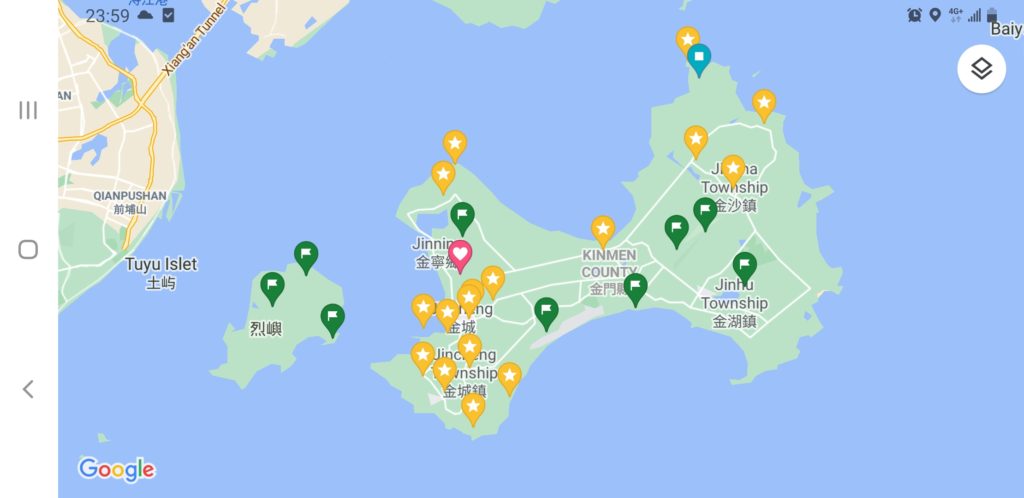
In my experience, the best way to travel around a small island like this is by renting a scooter; you are free to go wherever you like, you can make your own schedule, it’s easy to navigate in small village streets and you can park pretty much anywhere. If you know me then you know I also prefer motorbikes for longer trips but I understand that isn’t for everyone. On a small island however, there tends to be less traffic and distances are short so a scooter will work for more or less anyone. Of course, riding a scooter isn’t easy when you have a small child with you, but we found two ways around the problem, both involving the backpack carrier. At home I’ve done some shorter motorbike trips carrying the baby on my back and it works well because the carrier can be supported by the bike seat. This would require Yini to go on a separate scooter because there’s not enough space for a person behind the carrier. On Kinmen we went for another option however, Yini would sit in front driving and I would sit behind, carrying the baby in the backpack carrier. This was more tiring for me because I didn’t have much support, but it was nice because it felt like the old days when it was just me and Yini on the bike. As a bonus I was able to navigate, which wouldn’t be possible on two scooters unless we could rent one with a phone holder. Note that we brought our own helmet for the baby because rental shops rarely have good ones. Oh, and one more thing, our good friend Kai joined us for this trip which was very nice.
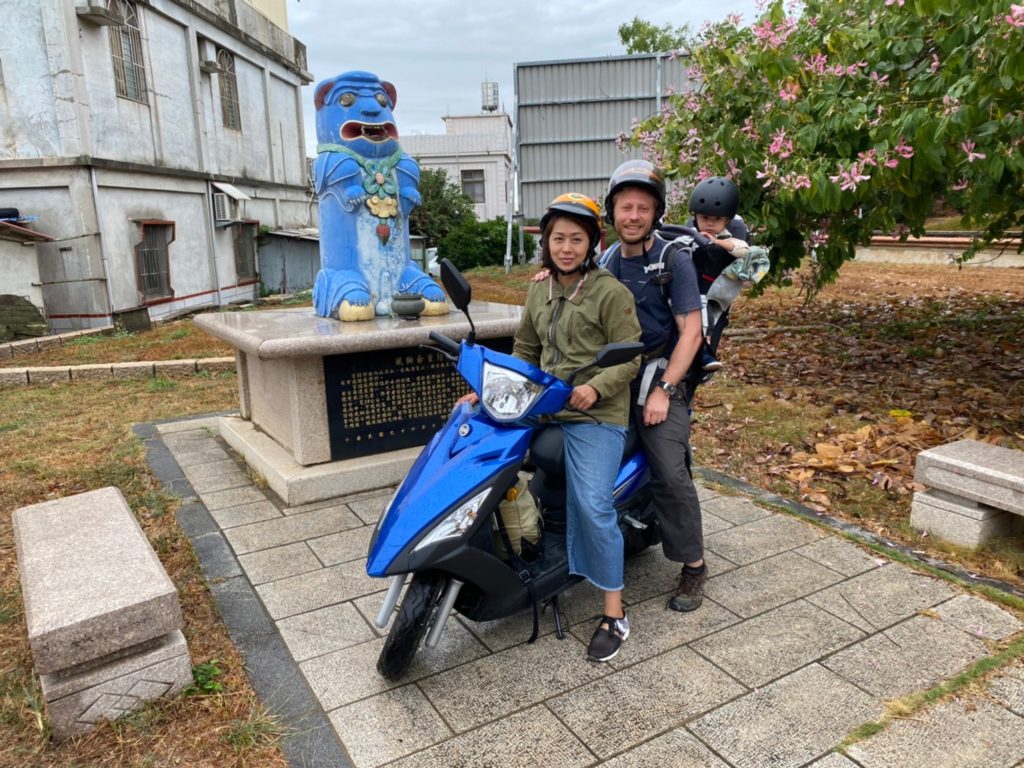
Jiangongyu Islet
Just off the coast of the main island is a tiny little islet barely big enough for a couple of bunkers called Jiangongyu. The water here is shallow and at low tide it’s possible to walk out to the island on a walkway made from large stones. It’s kind of like Mont-Saint-Michel only much smaller, and instead of a monestary there’s a bunch of bunkers from the 1950’s.
Nanshan Village
Like I mentioned earlier there are plenty of old picturesque villages on Kinmen and my favorite of the ones we visited is Nanshan village. There are actually two villages right next to each other in this area, Beishan and Nanshan but for some reason Nanshan is the only one that has an actual location marker on Google Maps so it’s best to aim for that one. What I really like about this place is the combination of nice restored buildings and abandoned crumbling ones. By far the most interesting building is one that used to be a command post for the communist army; you can still see the bullet holes from the Guningtou battle.
Mixed shots from Nanshan / Beishan villages
Beishan Broadcasting Wall
Propaganda was an important part in the struggle between Taiwan and mainland China and one of the ways the Taiwanese government sent out their messages was by a giant speaker on the coast facing the mainland. From a distance it looks sort of like a giant speaker from the 80’s, just a square gray block with a bunch of round holes one one side. It’s only when you get up close that you realize it’s made of concrete and as big as an apartment building. Unfortunately you’re not allowed to go inside to see the speakers up close but I didn’t really mind because the surrounding landscape has a certain barren beauty to it that you don’t see in mainland Taiwan.
Jincheng Downtown
The one place in Kinmen that’s more like a city is the town of Jincheng. There are several things to see here: the Old Street shopping area, the Jincheng Civil Defense Tunnel and the Qing Dynasty Troop Headquarters. If you want some kind of souvenirs or need a bite to eat, Jincheng Old Street is a good place to look around but it doesn’t stand out much from other old towns in Taiwan. The Civil Defense Tunnel could be an interesting experience but you have to go on a guided tour and the guide we had was only speaking Chinese and much too fast for someone who isn’t completely fluent to understand. He was also walking very fast without stopping to let us take photos. Overall rather disappointing in my view but probably nice with a better guide. The Troop Headquarters is a beautiful old building, especially at night when they light a lot of red lanterns out in the courtyard. If you are interested in history this is a great place to visit.
Mingyi Old Street
Mingyi Old Street is a very small village, basically just one street about a hundred meters long. What’s impressive about it is that some parts date back to the Ming dynasty. It’s very quaint and it’s clear that some of the houses are very old. Here you also have the mix of houses still in use and ruined ones which I think is interesting. Since it’s so small it doesn’t take long to see everything but it’s worthwhile to stop by.
Few shots from the Mingyi village
The Lost Tank
Down on Ou Cuo Beach there is an old tusted tank half buried in the sand with the track on one side visible and the other beneath the surface. Several of its hatches are gone, probably torn off by storms during the years, and what’s left of it is covered in barnacles. There are plenty of abandoned buildings on the island but this is unique. I think it’s really cool, well worth a visit for anyone interested in abandoned things or military history. On a side note, Ou Cuo Beach itself is also really nice.
Shamei Old Street
Shamei Old Street is not all that different from any of the other old villages on Kinmen; it’s small, the streets are narrow and winding and there is a mix of houses that are still in use and ruined ones. The thing that does stand out are a few houses where all that remains are some crumbling walls covered in sand colored clay or mud which makes them look like they belong in the middle east rather than Taiwan.
The “Marocan” style ruins of Shamei Old Street
Zhaishan Tunnel
With the large military presence on the island, there are of course a number of tunnels used for different purposes. A few of them are open to the public but I bet there are several more that are in current use by the military and therefore still secret. The biggest one that’s open to visitors is Zhaishan Tunnel on the southwest coast. It’s built as a kind of underground harbor with two entrances/exits leading out to the sea. It’s not particularly big or deep so there wouldn’t be any big ships inside, probably just patrol boats or similar. Nonetheless it is a pretty cool place.
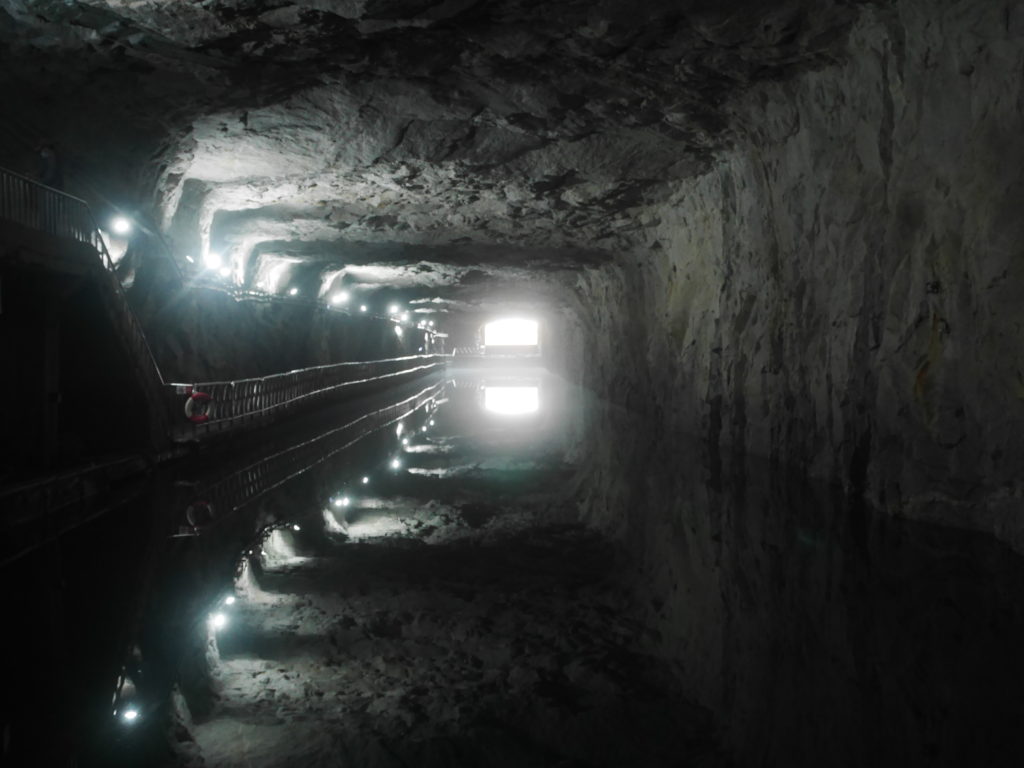
Mixed shots of the tunnel
Yangzhai
Yangzhai is another picturesque little village. Some parts of it are very similar to the ones I’ve written about above but one street is particularly interesting. Yangzhai was used as a filming location for a movie and because of this, all the shops in the main street were redecorated to look like an authentic 1960’s shopping street. Worth a quick visit if you’re in the area but nothing more.
Maestro Wu Knife Shop
During the artillery battles of the 1950’s thousands of shells were fired on Kinmen from the Mainland side. Many were of course turned into shrapnel but a significant portion of the bombardment was in the form of propaganda shells that exploded up in the air, spreading communist propaganda leaflets over the island. One enterprising blacksmith realized that the steel in all these artillery grenades is pretty high quality so he started using it to make knives. He turned the little family owned knife making company into Maestro Wu Bombshell Steel Knives which has grown to be quite big with several shops on the island. The most interesting one to visit is the main shop where you can see knives being produced as well as the large quantity of bombshells that they have on stock.
Shishan Howitzer Front
There are several places on Kinmen where you can see various tanks, canons, airplanes and other military equipment. In general, these are just static displays with an information sign in front. At Shinshan Howitzer Front however, you can get a far more immersive experience. As the name suggests, this place is an old artillery fort where they have a big 203mm Howitzer aimed at Mainland China. Every half an hour there is a kind of theatrical show where a squad of soldiers show how they load in a shell and fire it with an impressively loud bang from some kind of fire cracker; amazingly the baby didn’t get scared by it. I think this is a pretty fun experience and as a bonus, there are several other weapons on display outside the fort.
Shanhou Village
Right around the corner from the Howitzer Front lies Shanhou Village. It is quite similar to the other’s I have mentioned above. What makes it a little bit special is that all the houses seem to have been built at the same time and in the same style, and are all nicely restored. Unlike other villages, the streets are very regular as well, with all the houses in a straight grid pattern. That said, I think some of the other’s I’ve talked about are more interesting.
The houses are so uniform and the streets so straight you get interesting shots like this
Mashan Observation Post
At the very tip of the northeastern end of Kinmen, as close to the Mainland as you can get, lies Mashan Observation Post. As the name indicates, this was a place where Taiwanese soldiers could observe the Chinese side and alert their commanders of any sign of an incoming attack. Nowadays tourists can use the powerful binoculars in place to observe Chinese civilians taking a stroll along the beach. Except for the actual observation bunker, there are some fortified living quarters / offices, and a tunnel connecting the two. Since you’re not forced to take a guided tour, I had the time to take some good photos down in the tunnel. I really recommend this place.
Shuitou Village
Sometimes when you are traveling you will see so much of a certain kind of sight, say castles or temples or skyscrapers, that you start to feel bored with it, no matter how interesting a particular place might be otherwise. This was definitely the case for me when we came to Shuitou Village on the last day, just a couple of hours before our flight home. To me this was just one among many picturesque little villages and I kind of felt I had already seen enough. Now, roughly a week later, I realize that I would probably have enjoyed it much more if this was my first day on Kinmen. The one thing that really stands out about Shuitou is the Fortress Tower or Gun Tower which was built by a rich merchant as a defense against pirates.
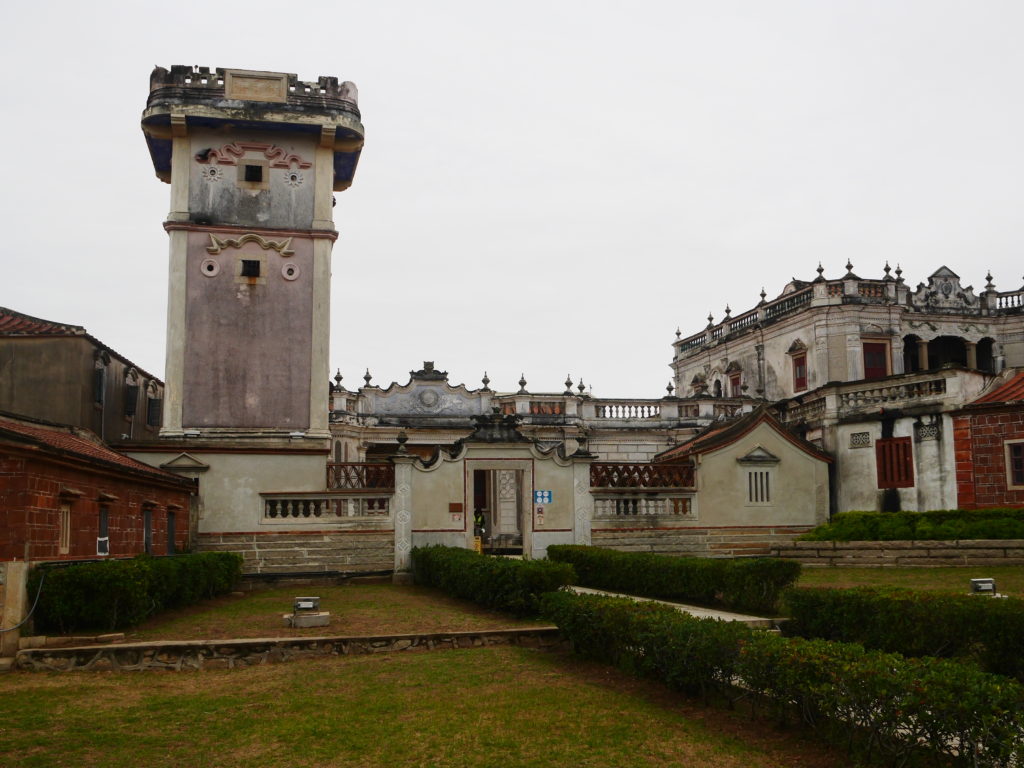
Like you can see we went all over the island and visited many places and yet, when it was time for us to head home, I felt strangely unsatisfied. There are still several places on Kinmen that I really want to see and I wish we had stayed longer so we would have enough time. As it is, I really enjoyed this trip, and I believe the others did too, and I’m already making loose plans for going back in the near future. You might have noticed that our son was only in a few of the pictures. That’s because I was carrying him on my back a lot of the time. Here are a few bonus pics for anyone hoping to see a cute baby:
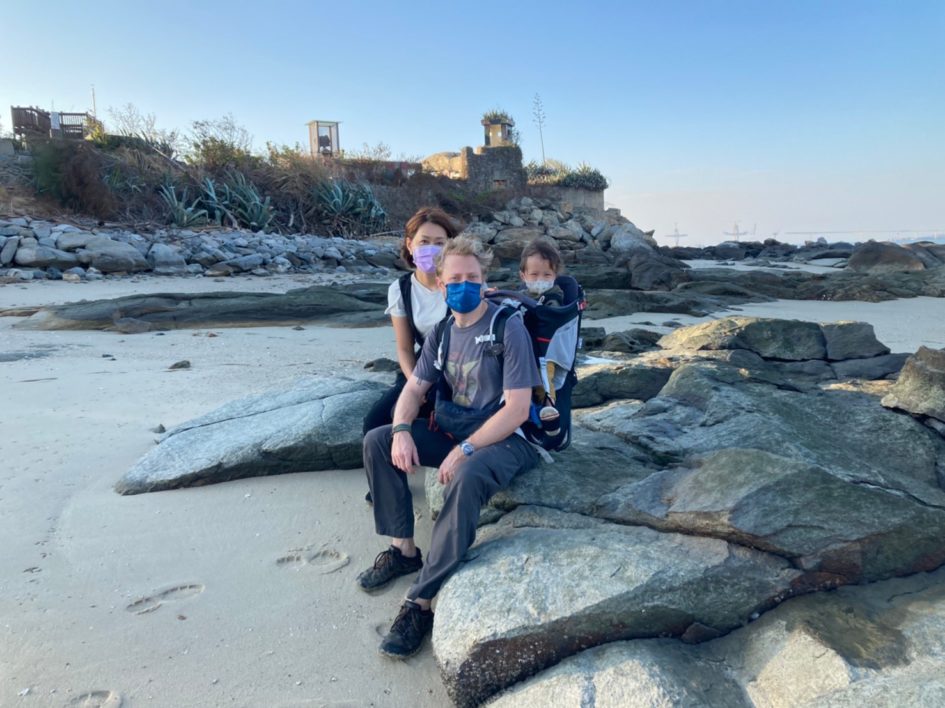

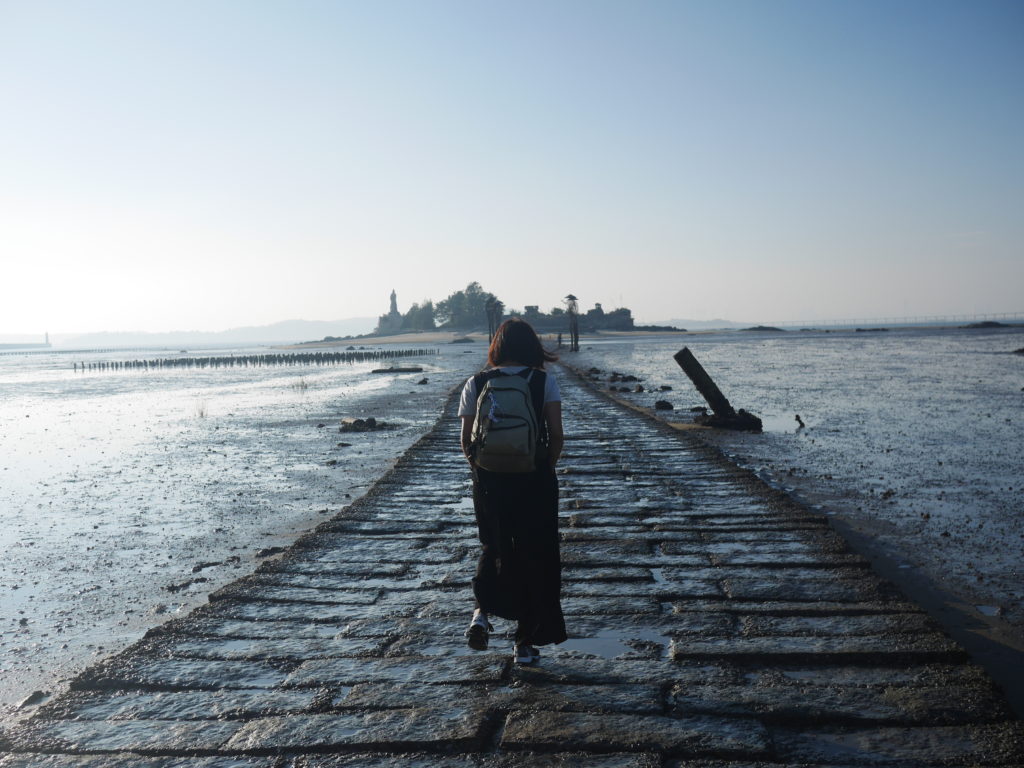
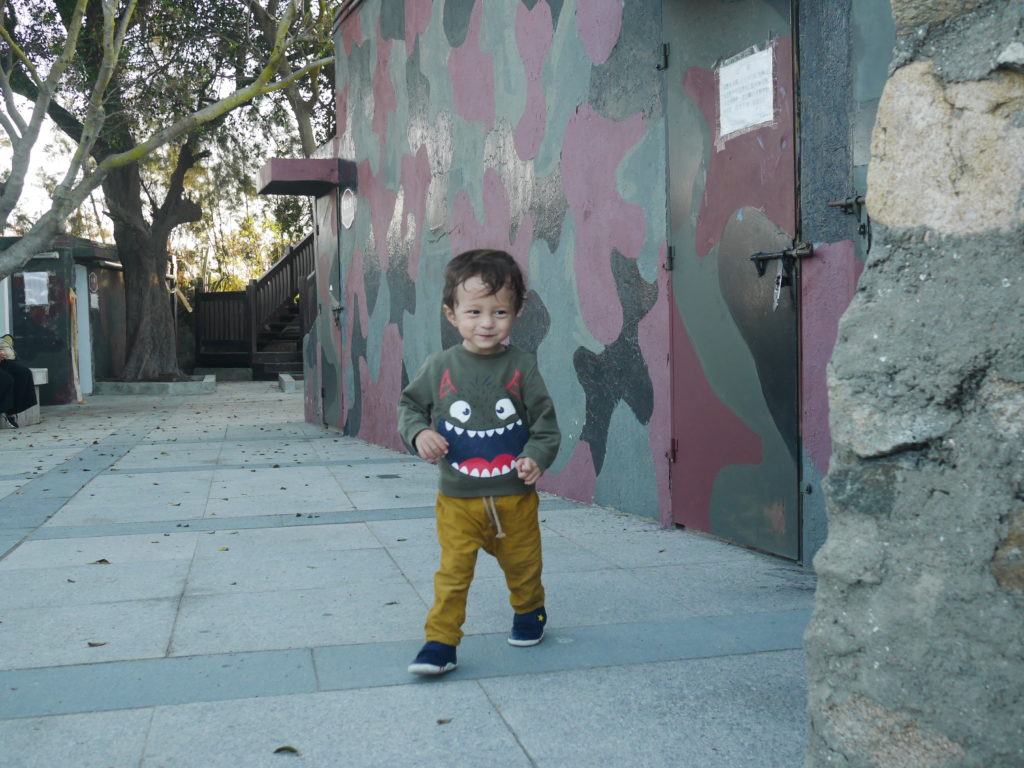
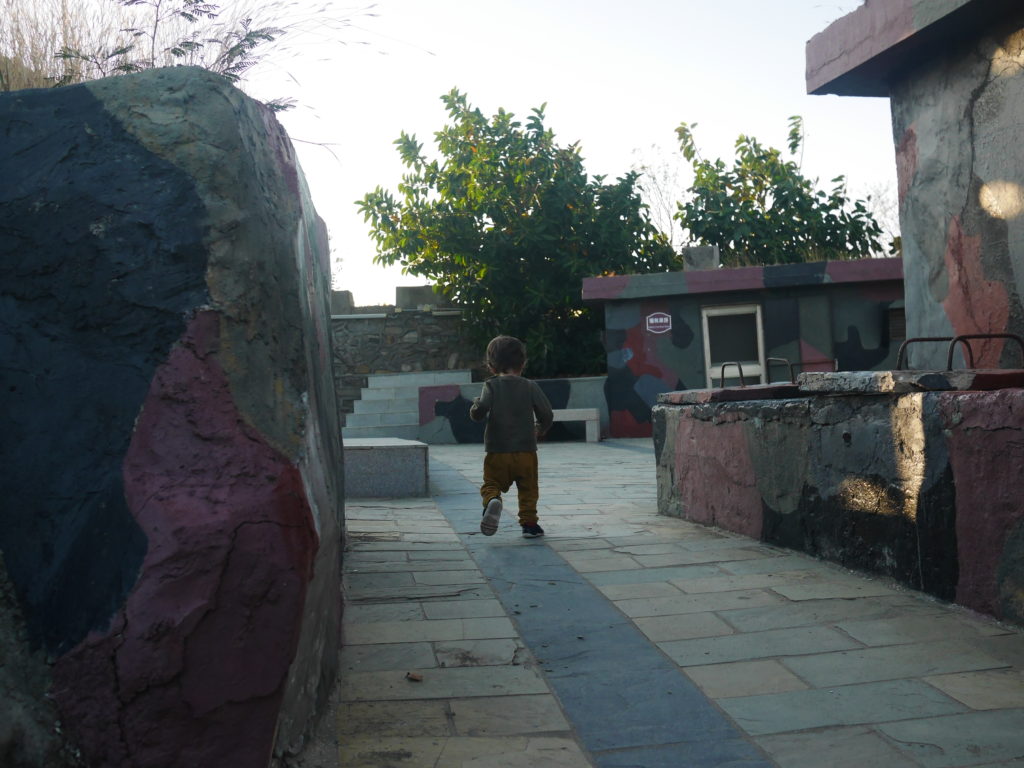
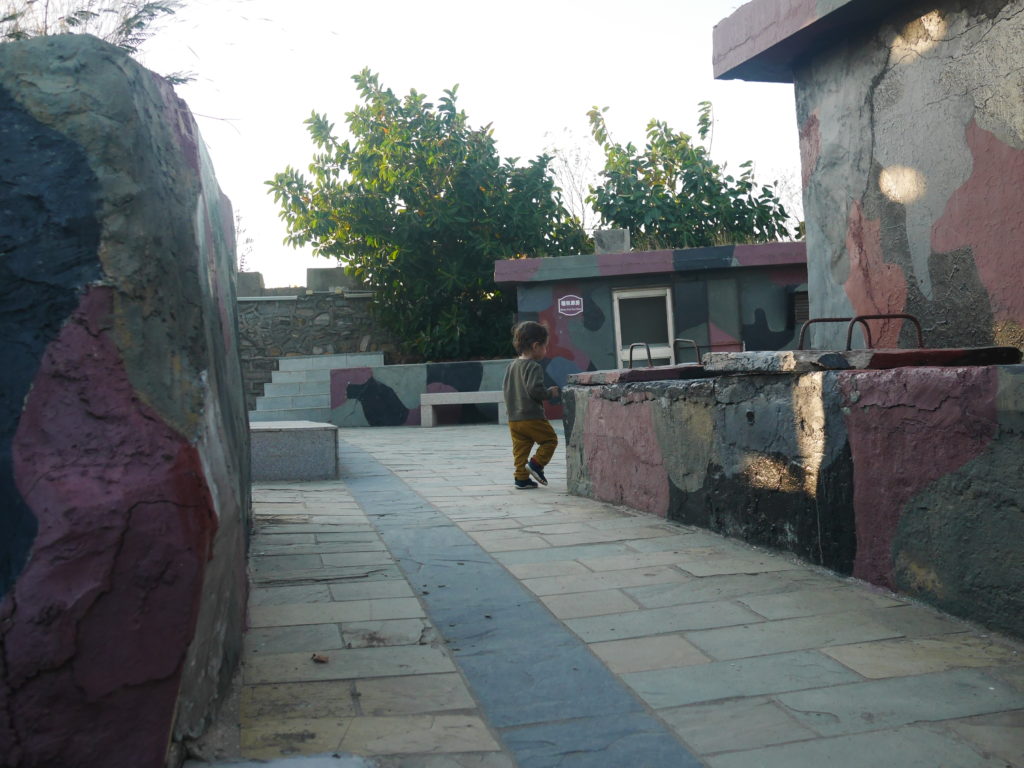
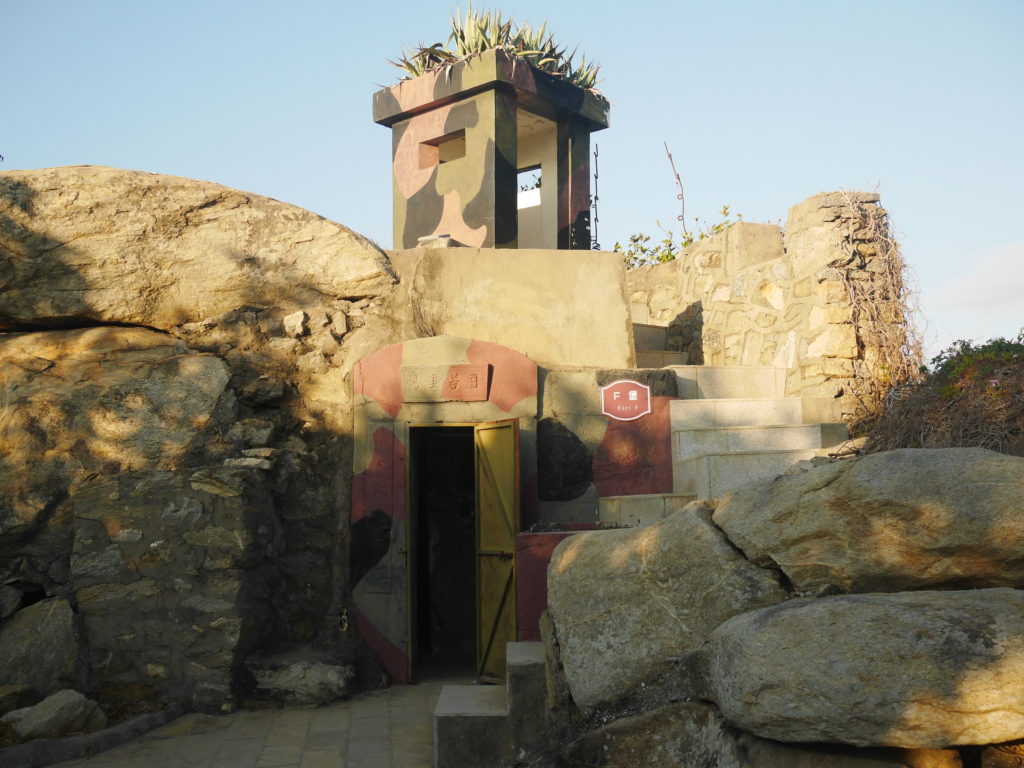
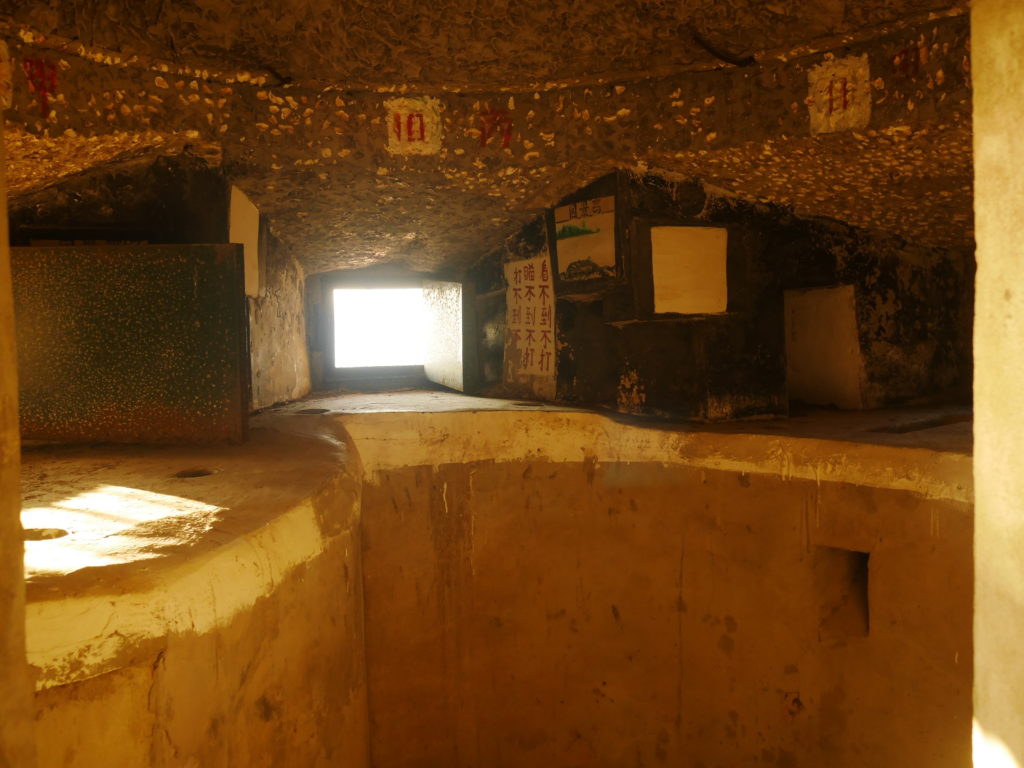
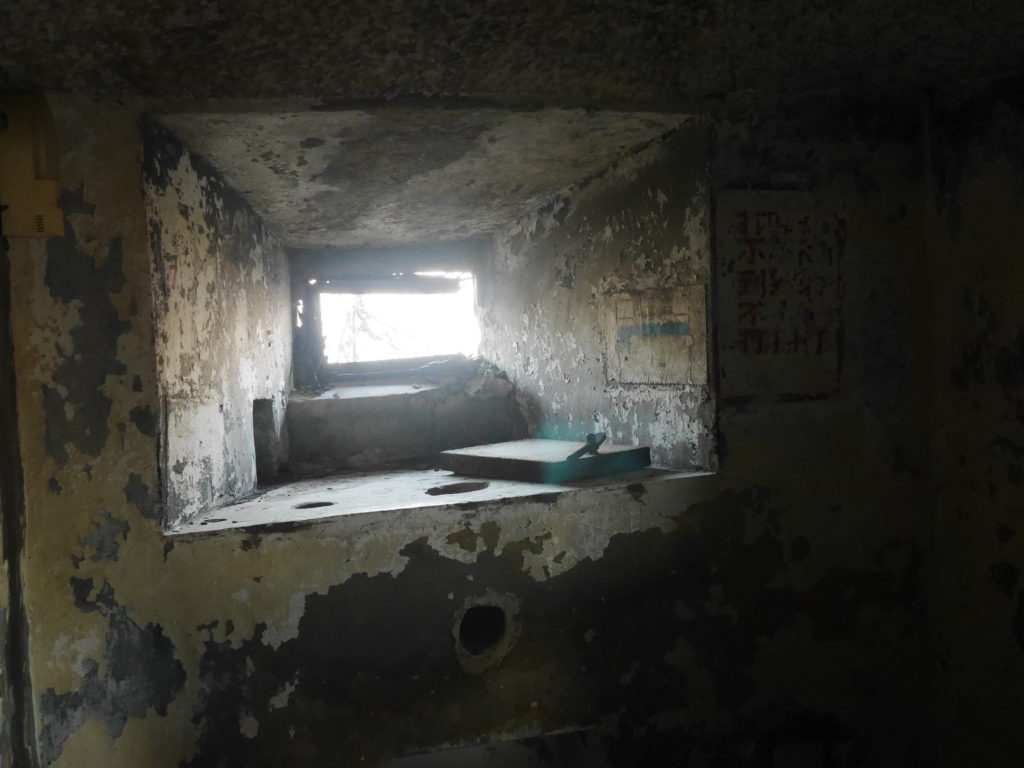
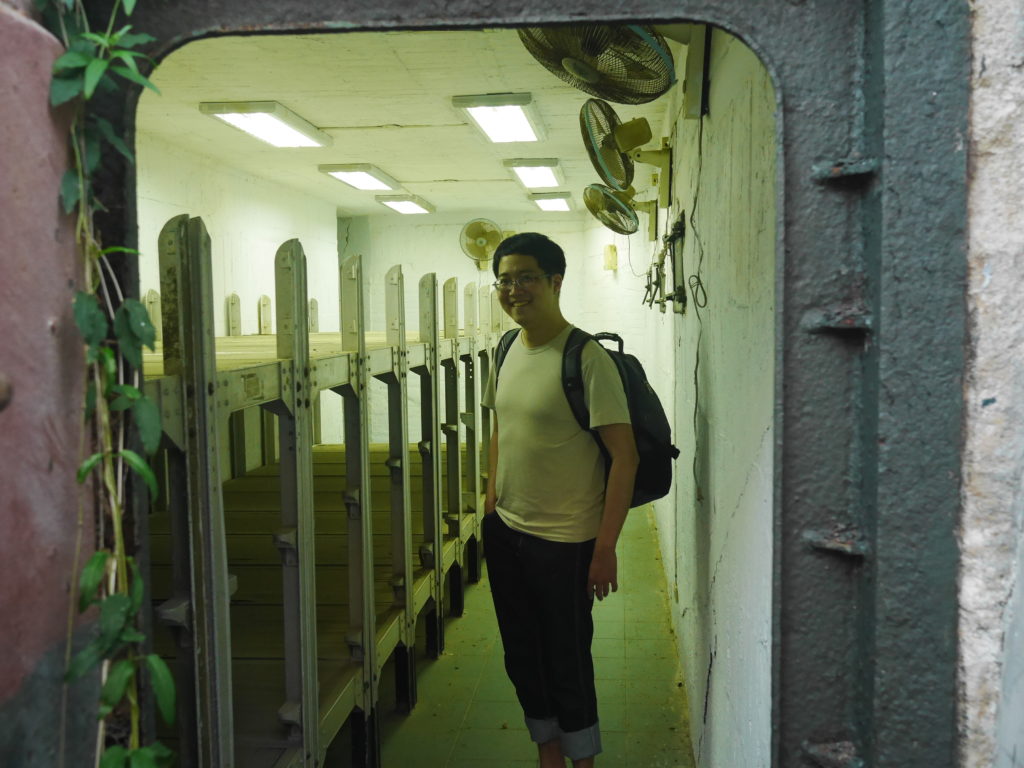




















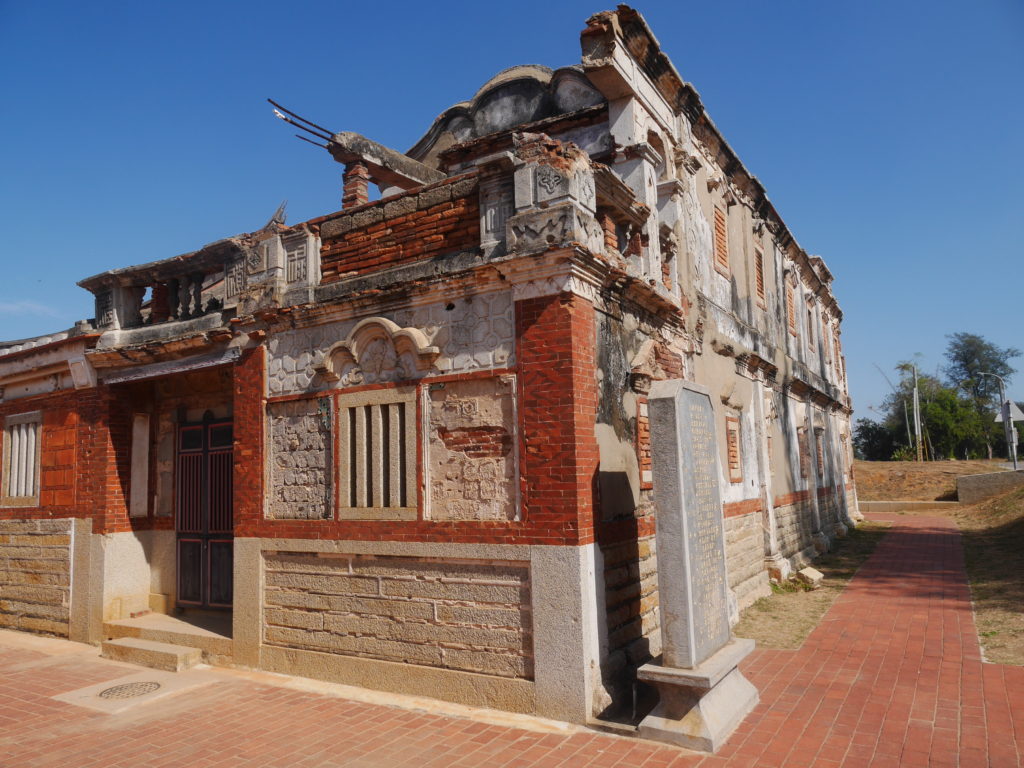
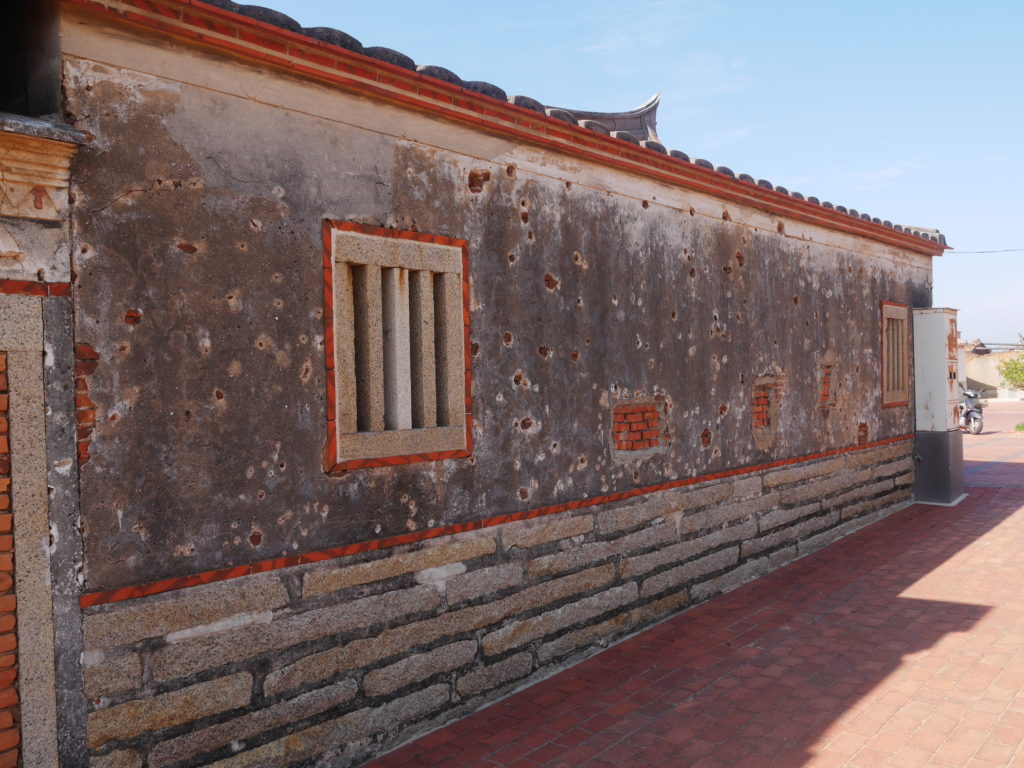
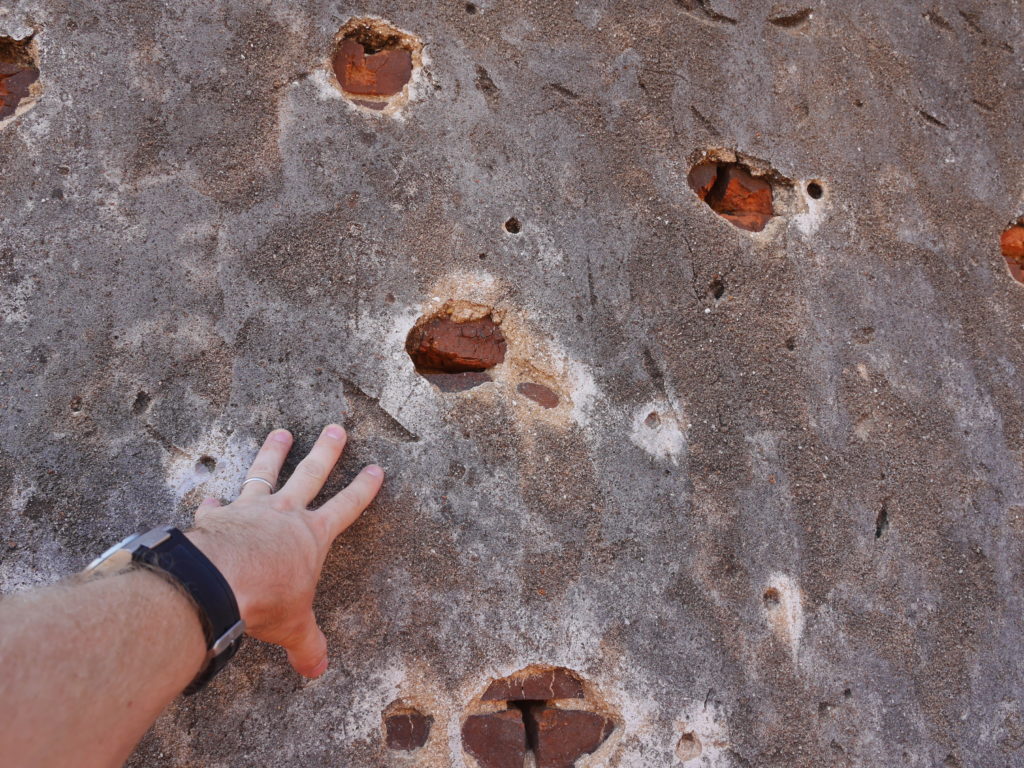
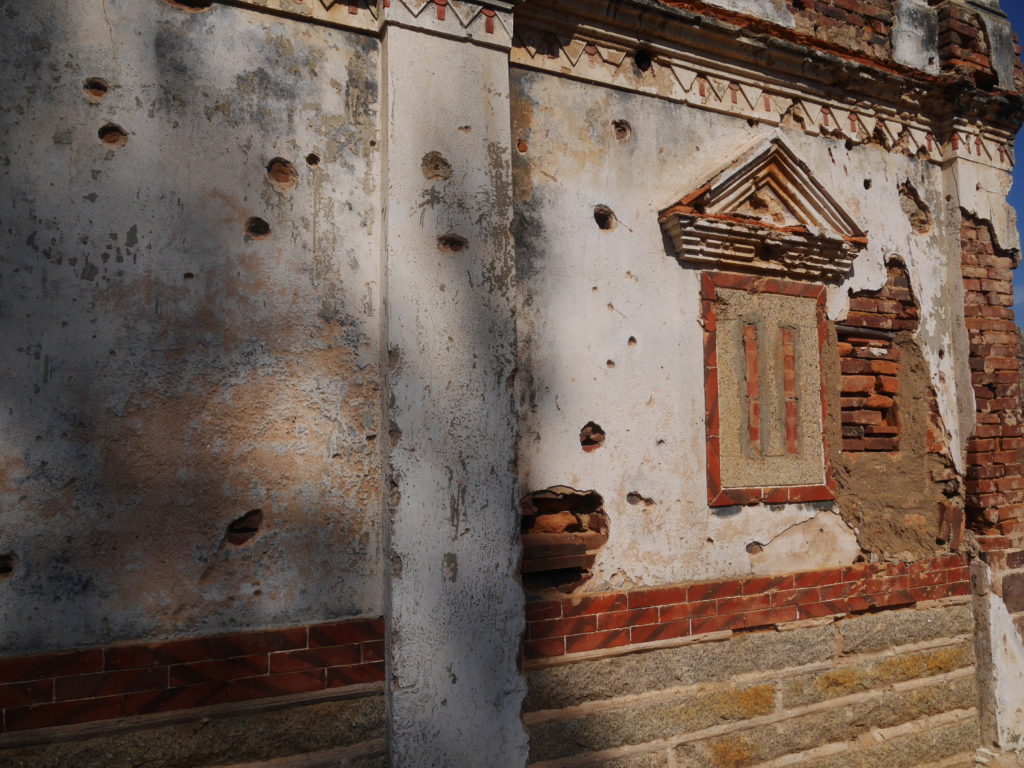
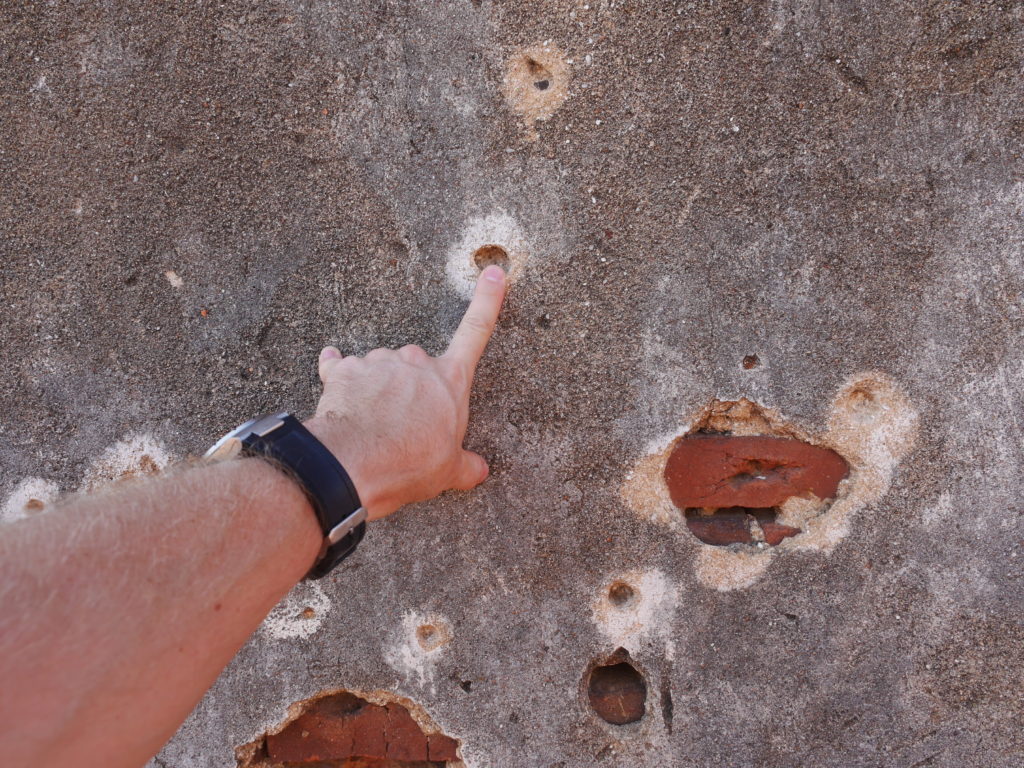

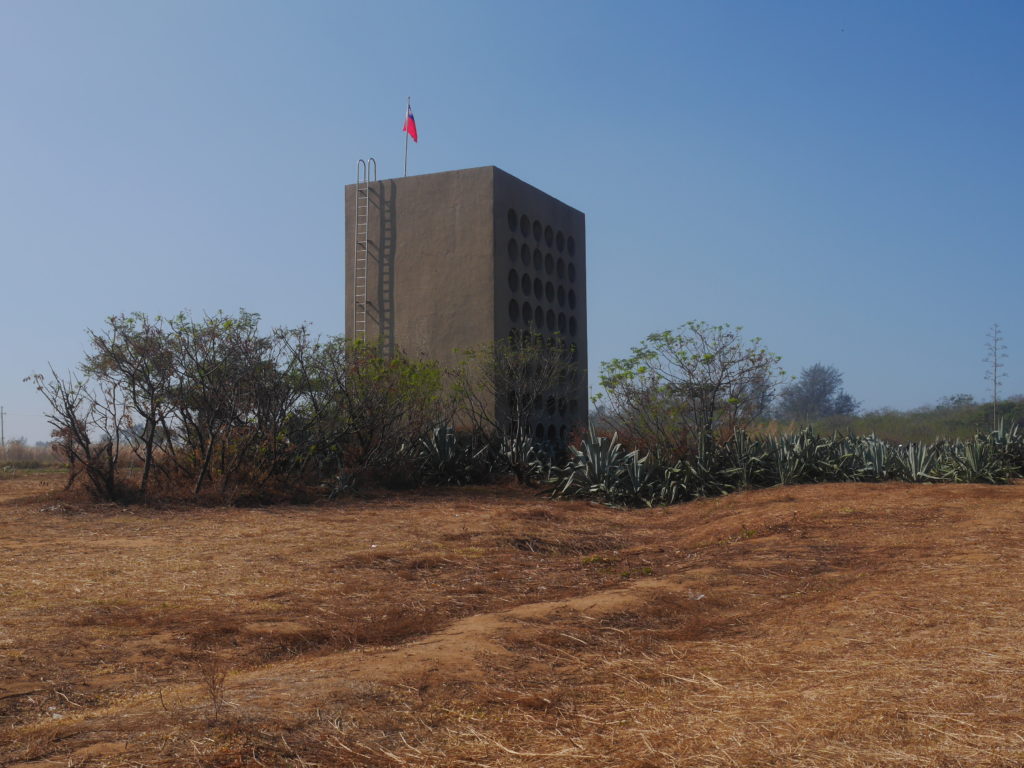
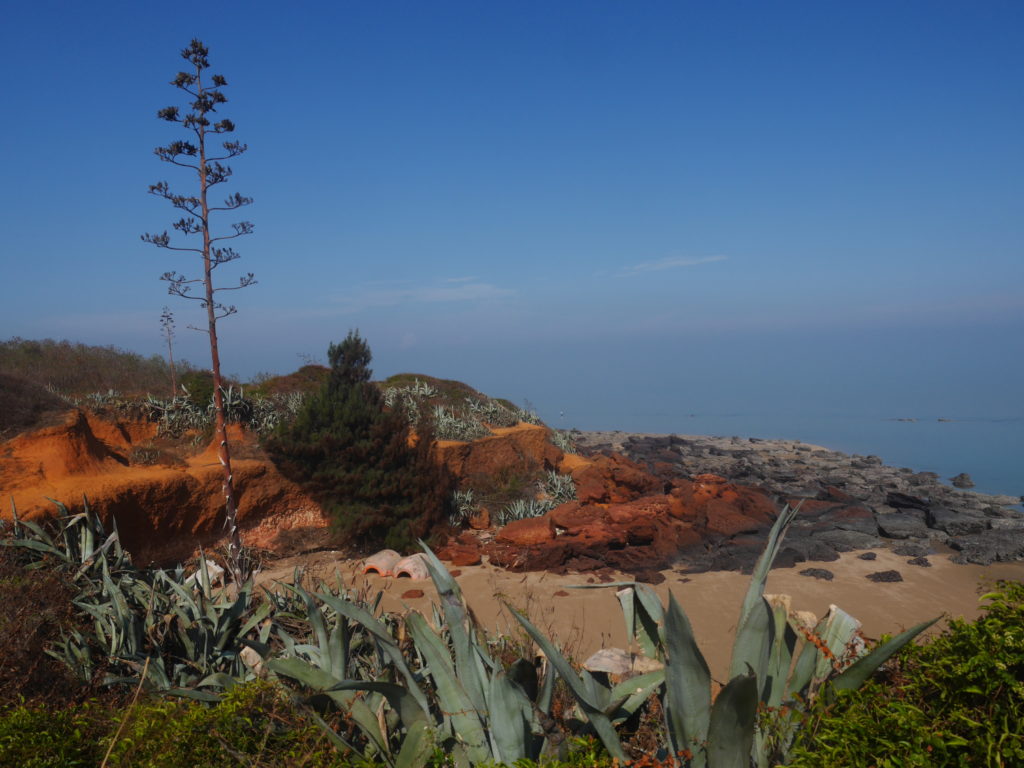

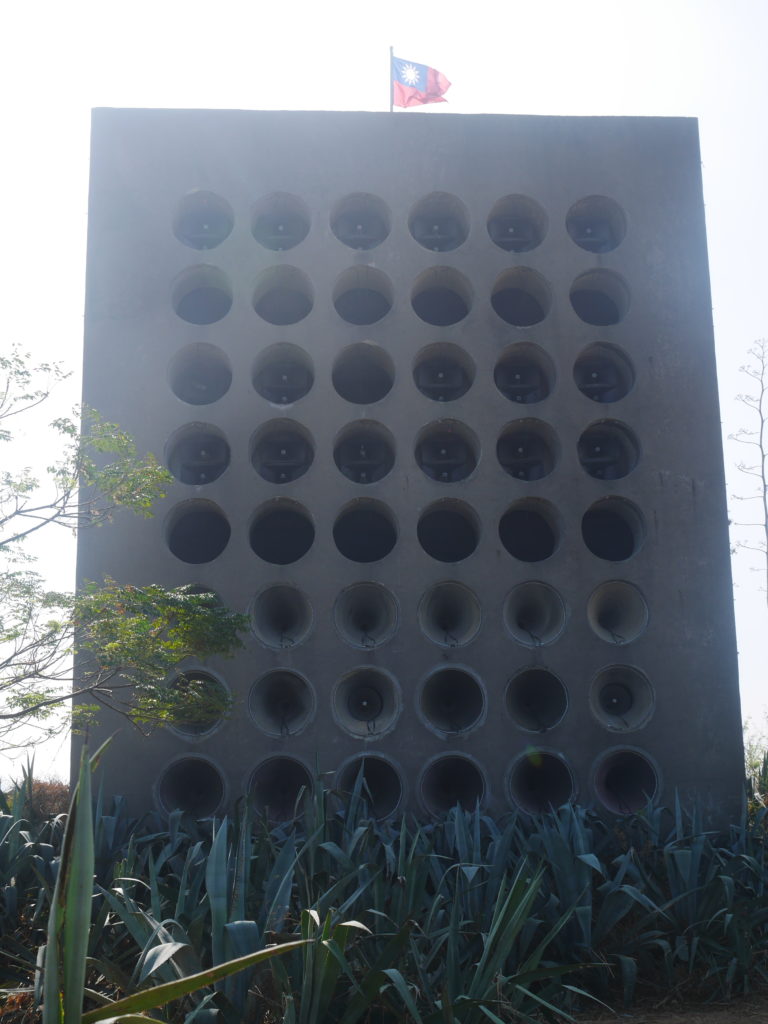
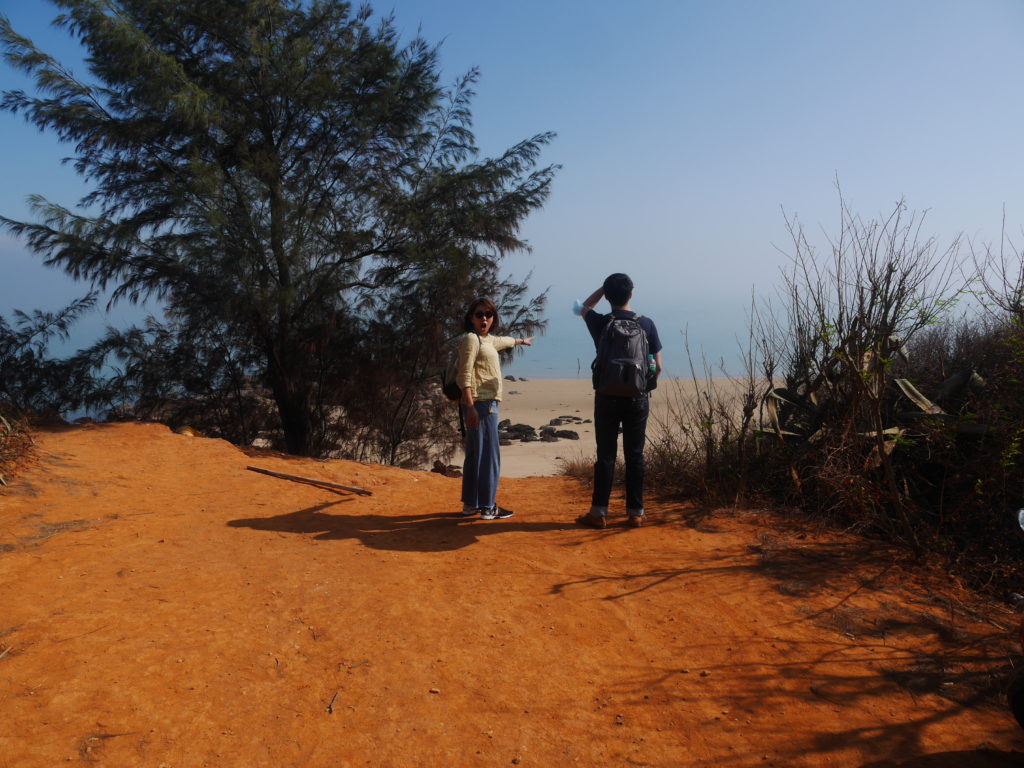
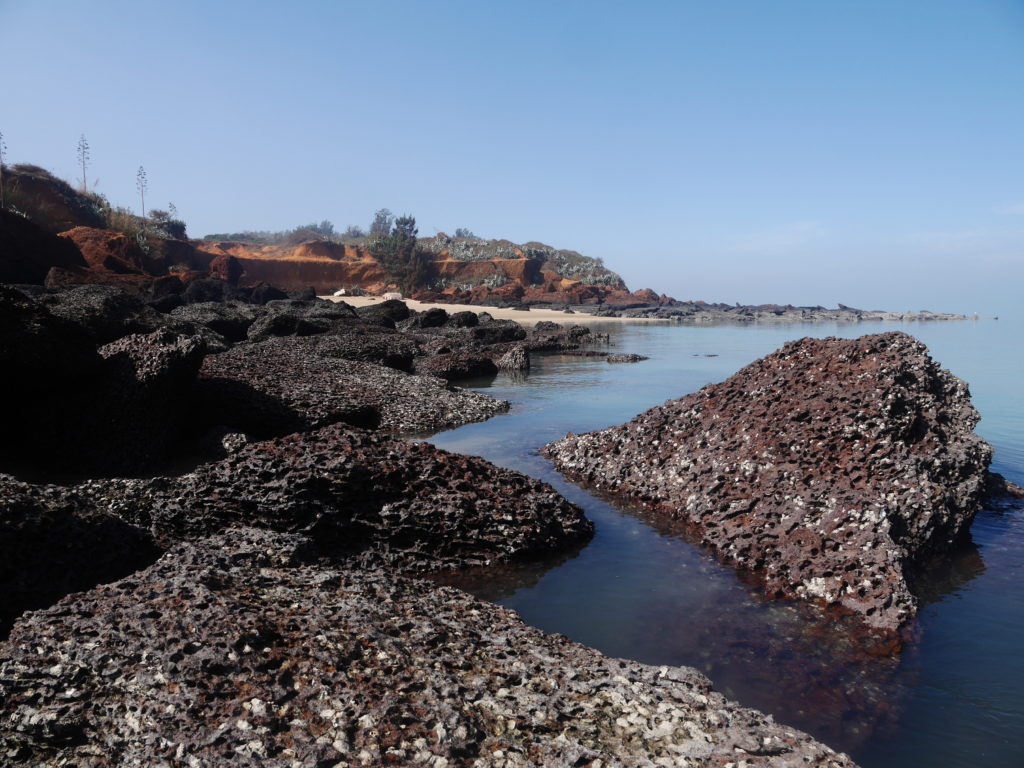

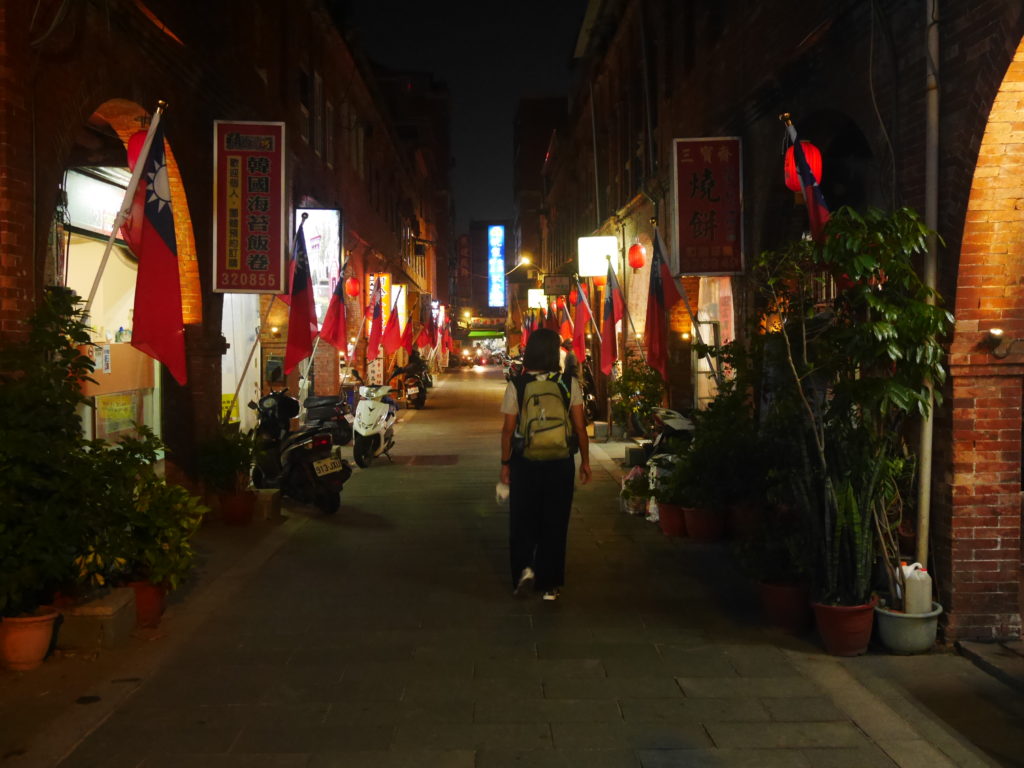
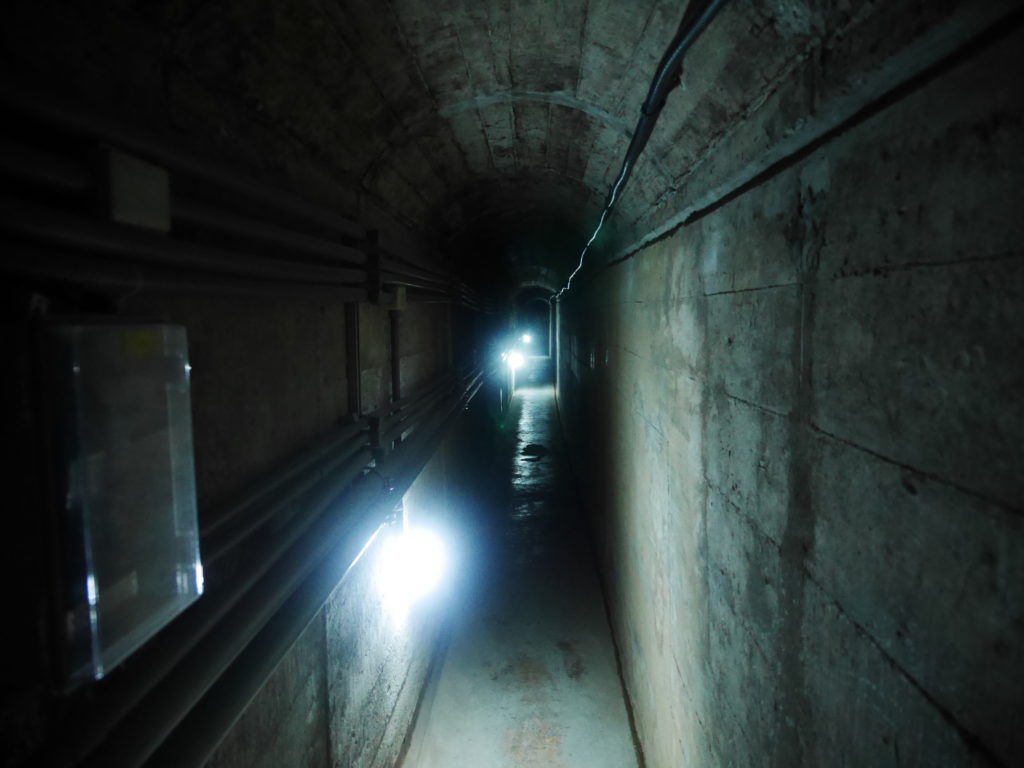
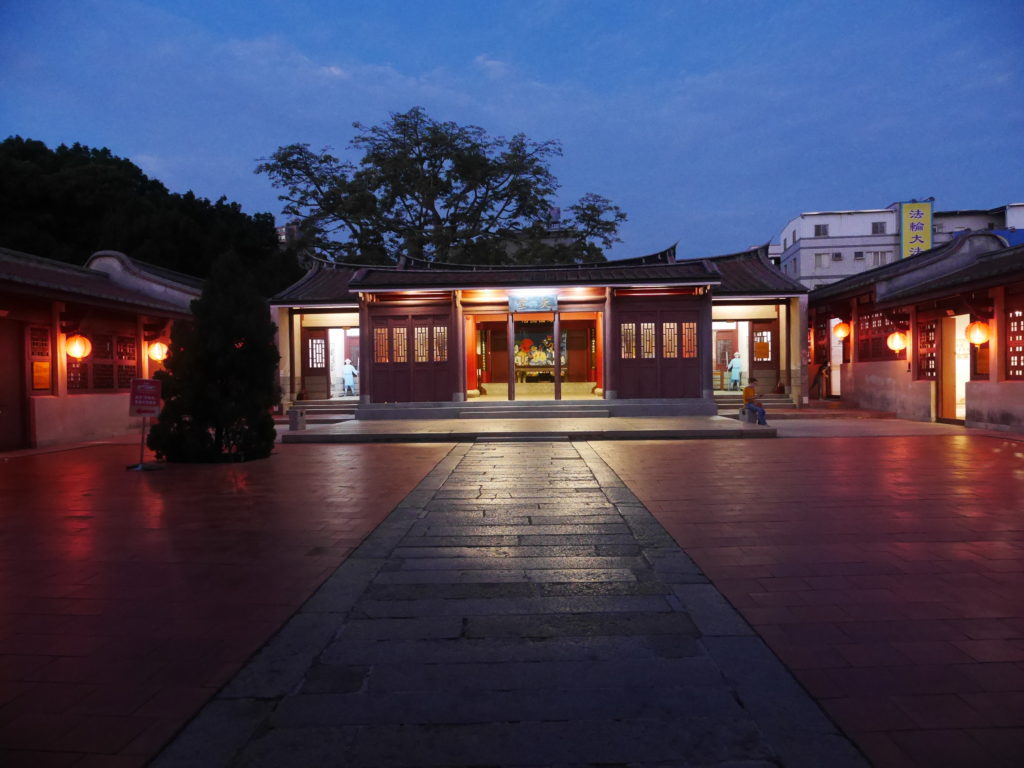
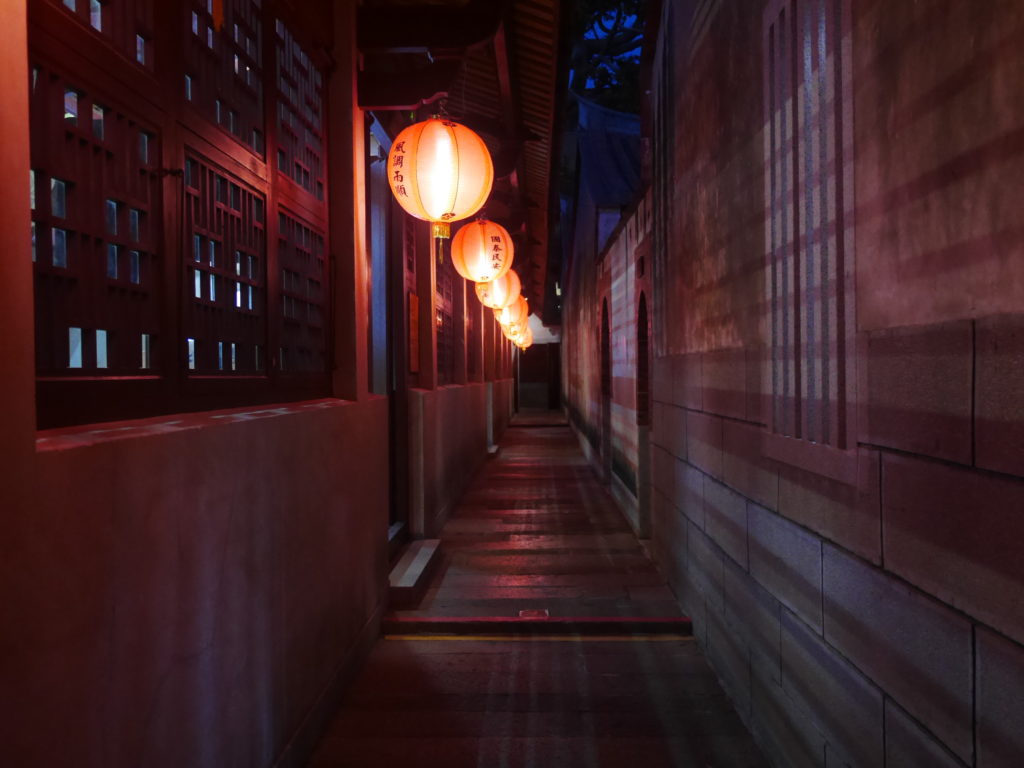
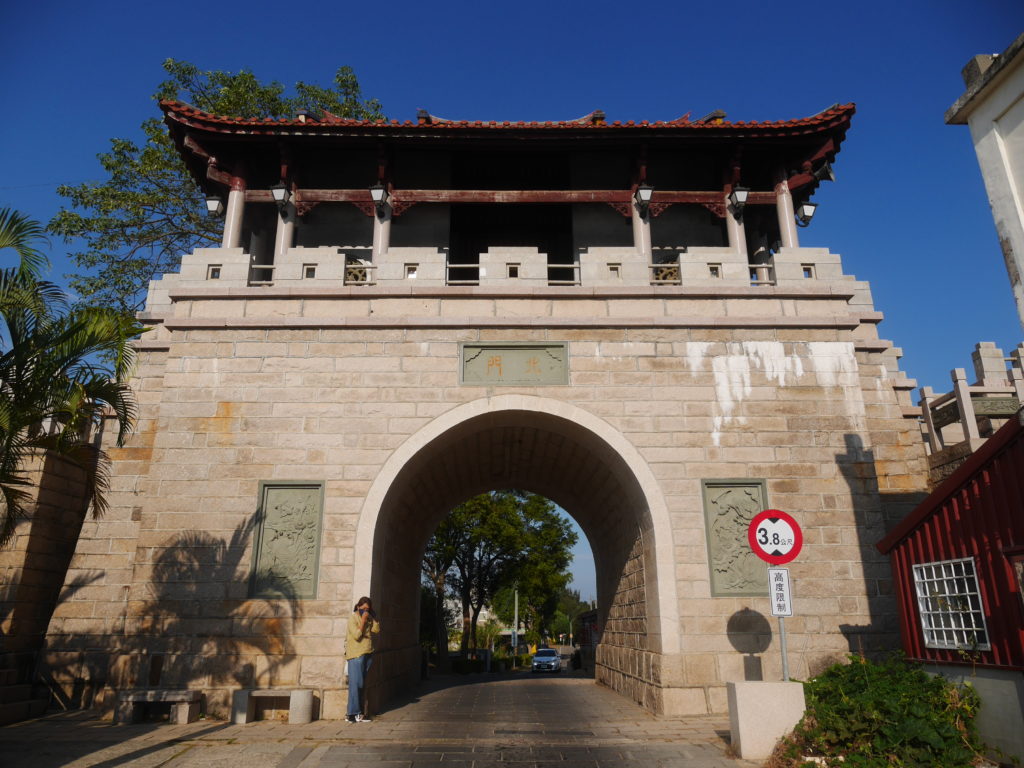
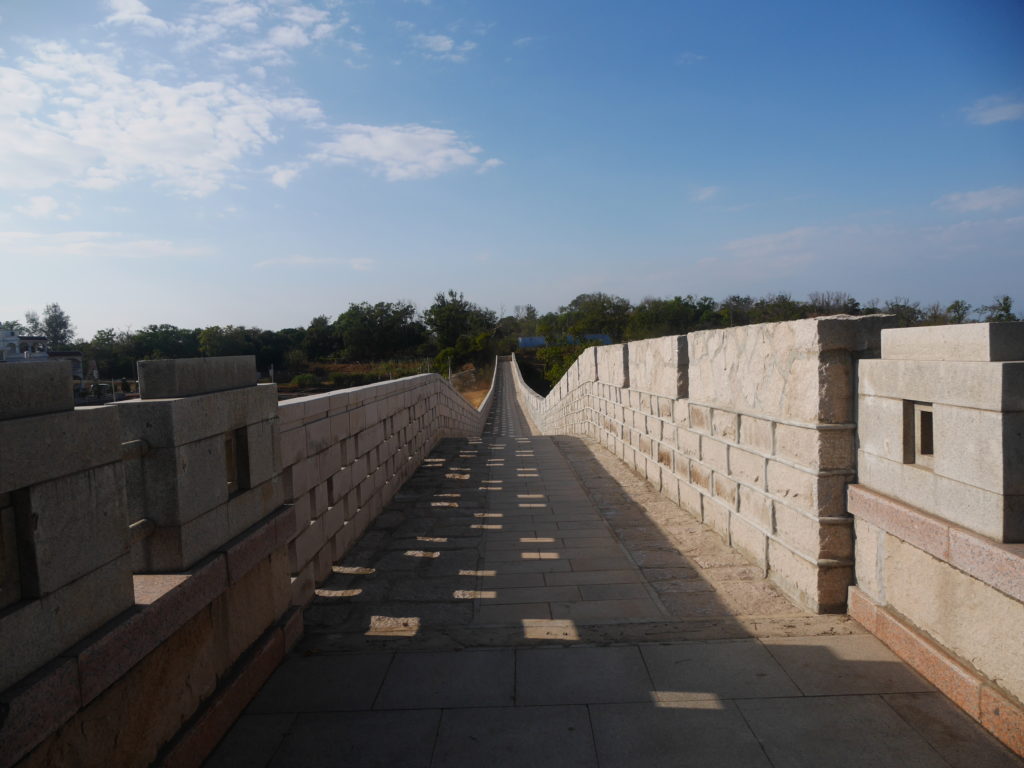
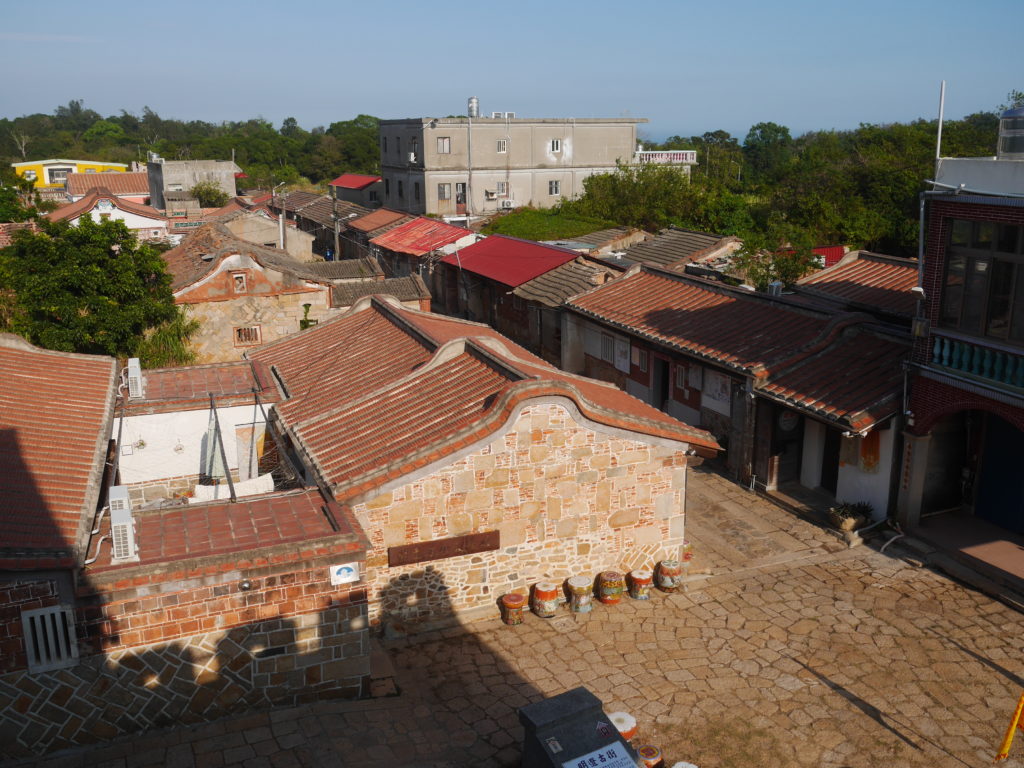
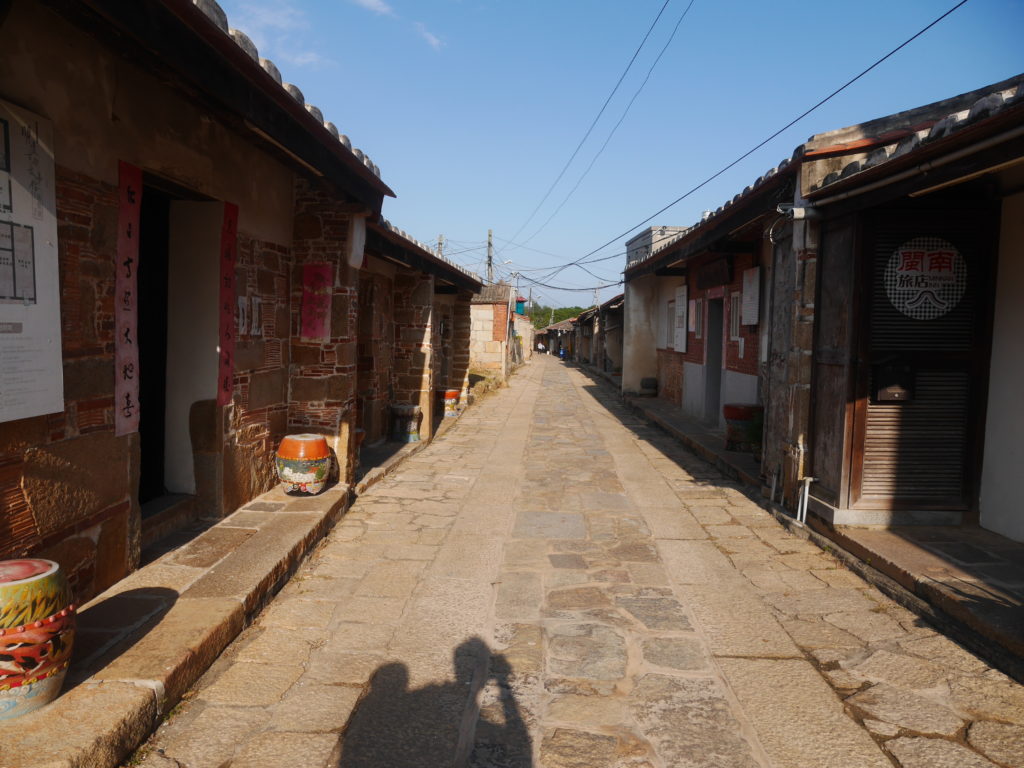







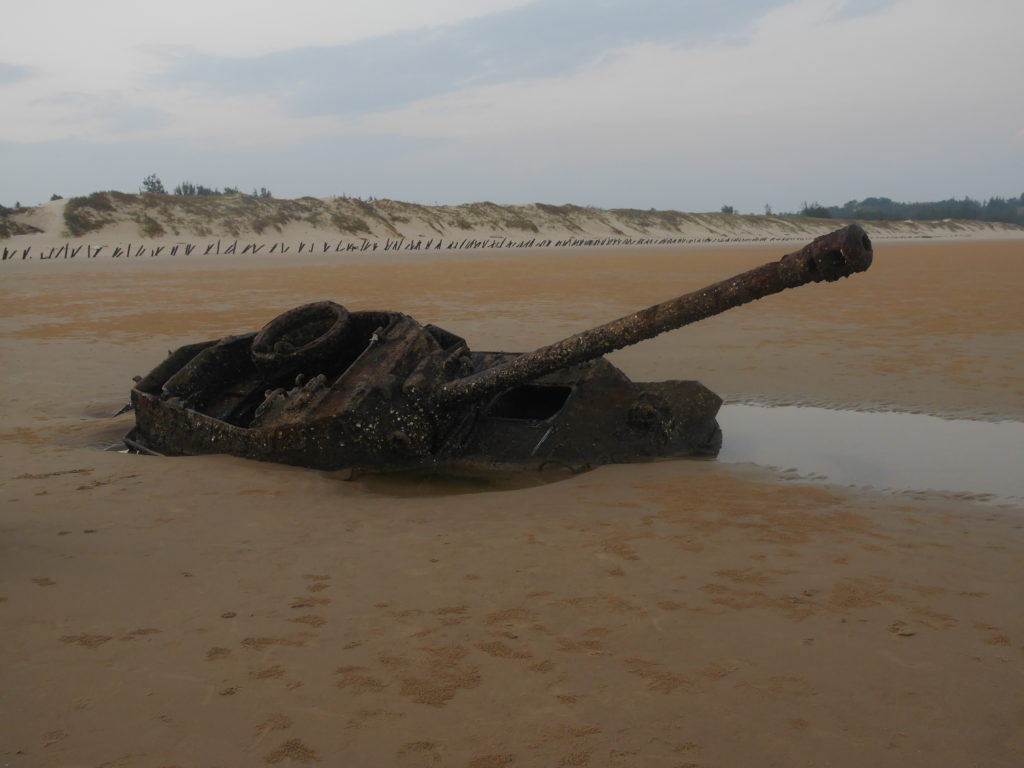
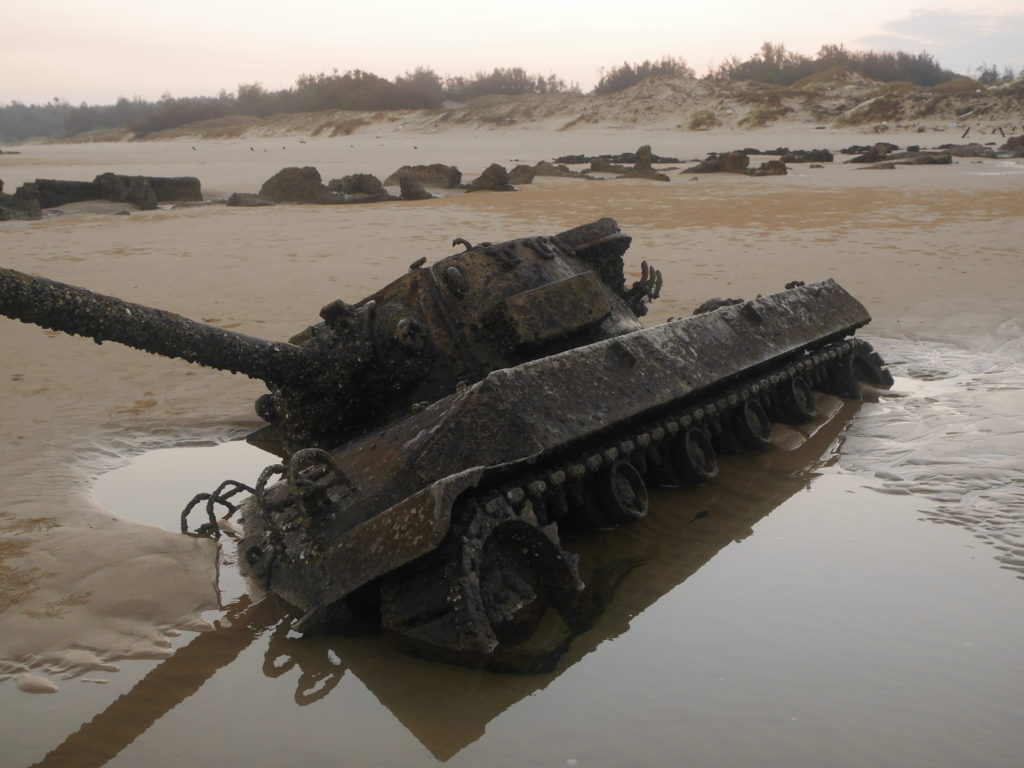
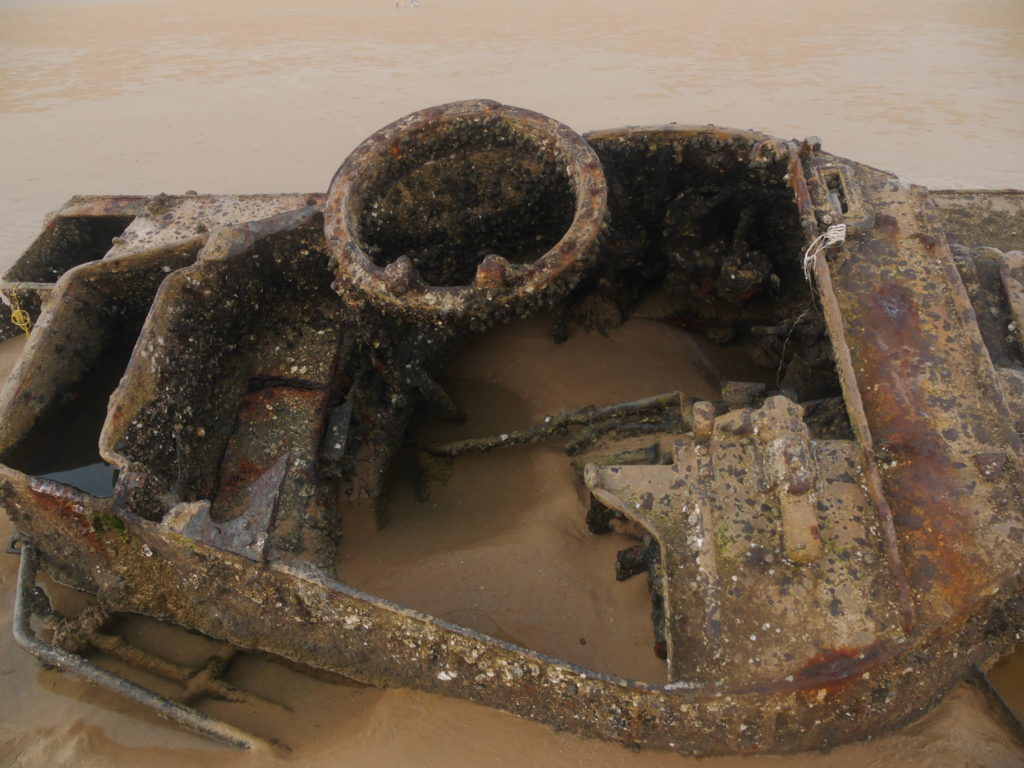
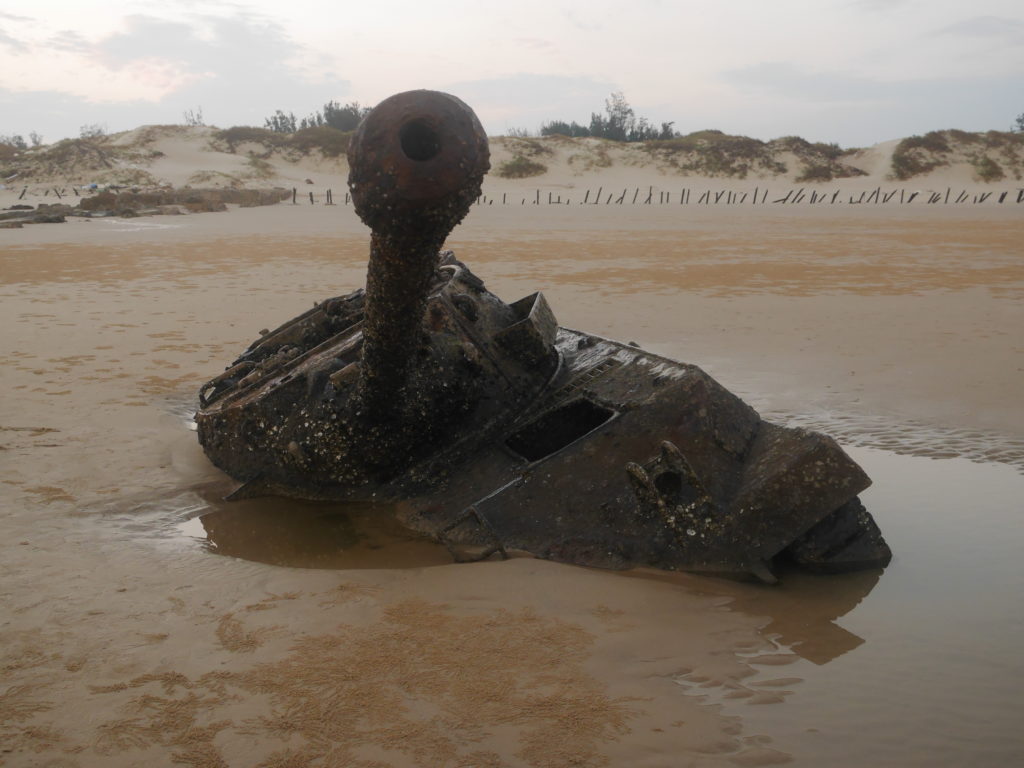
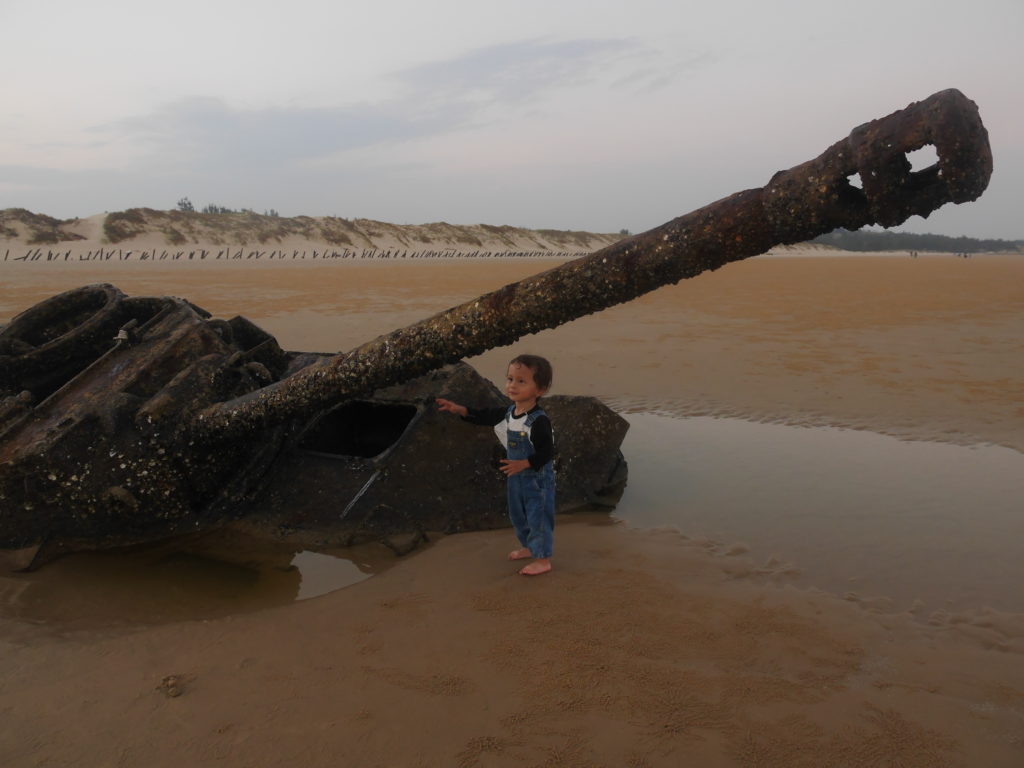










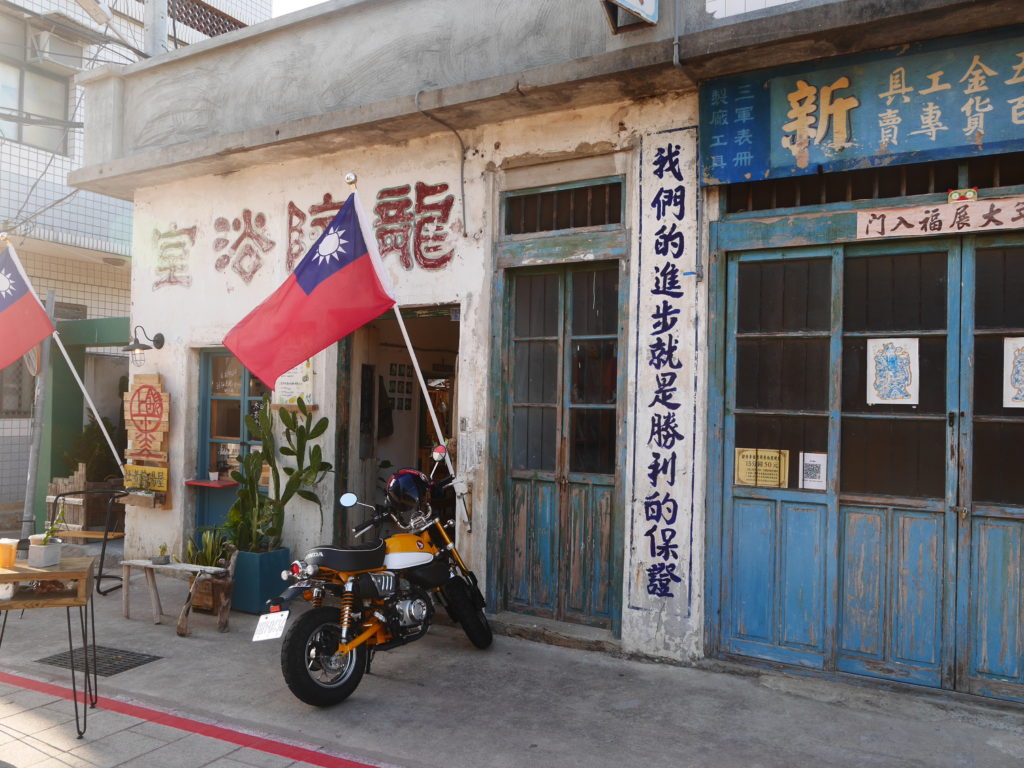
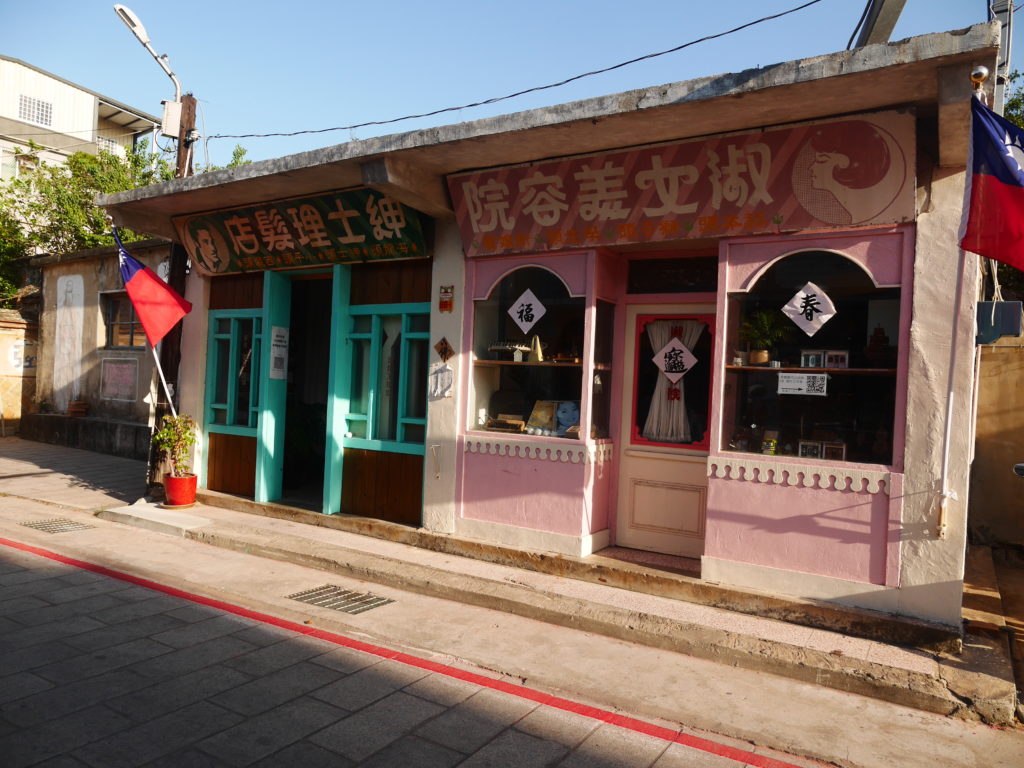
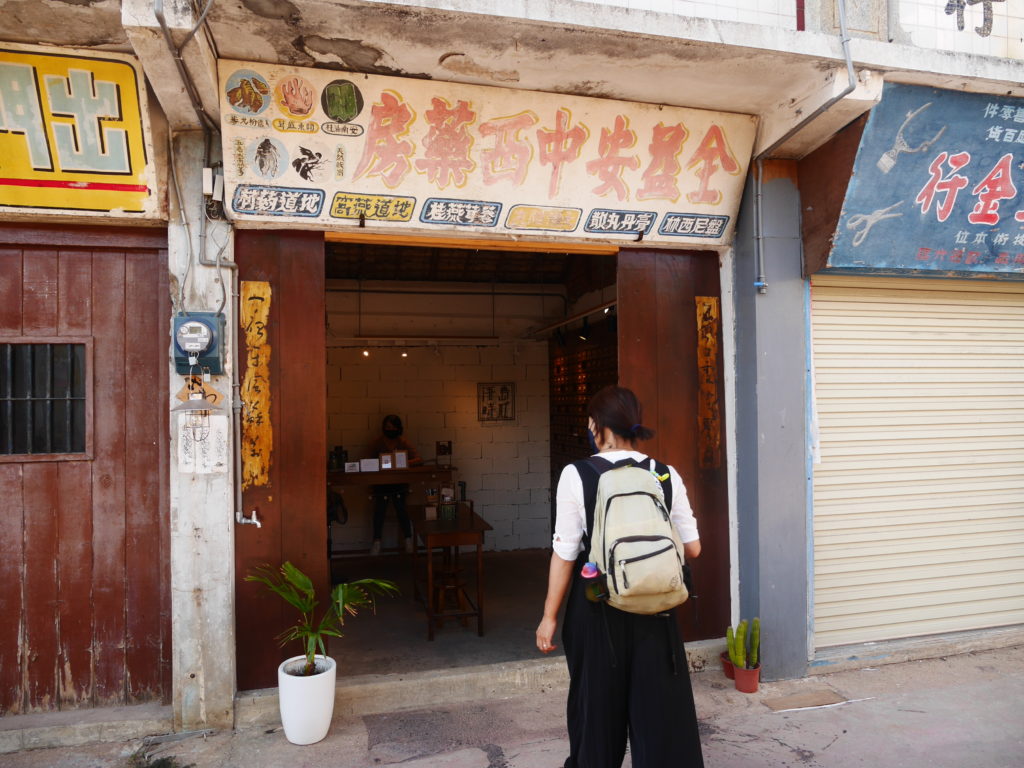
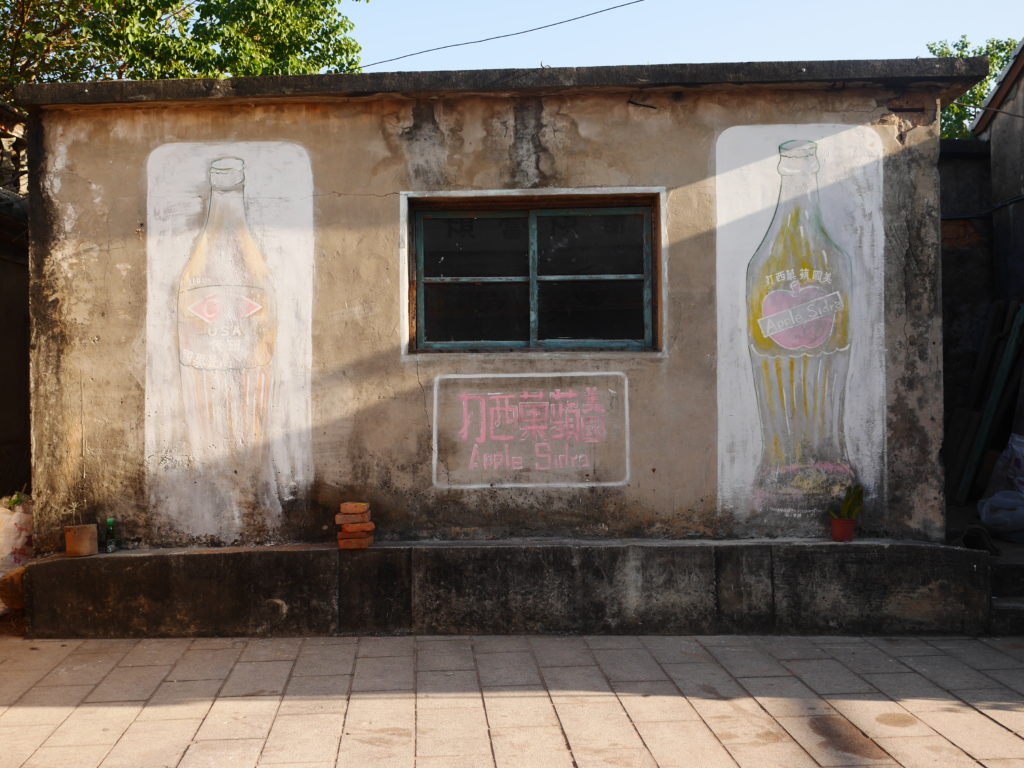
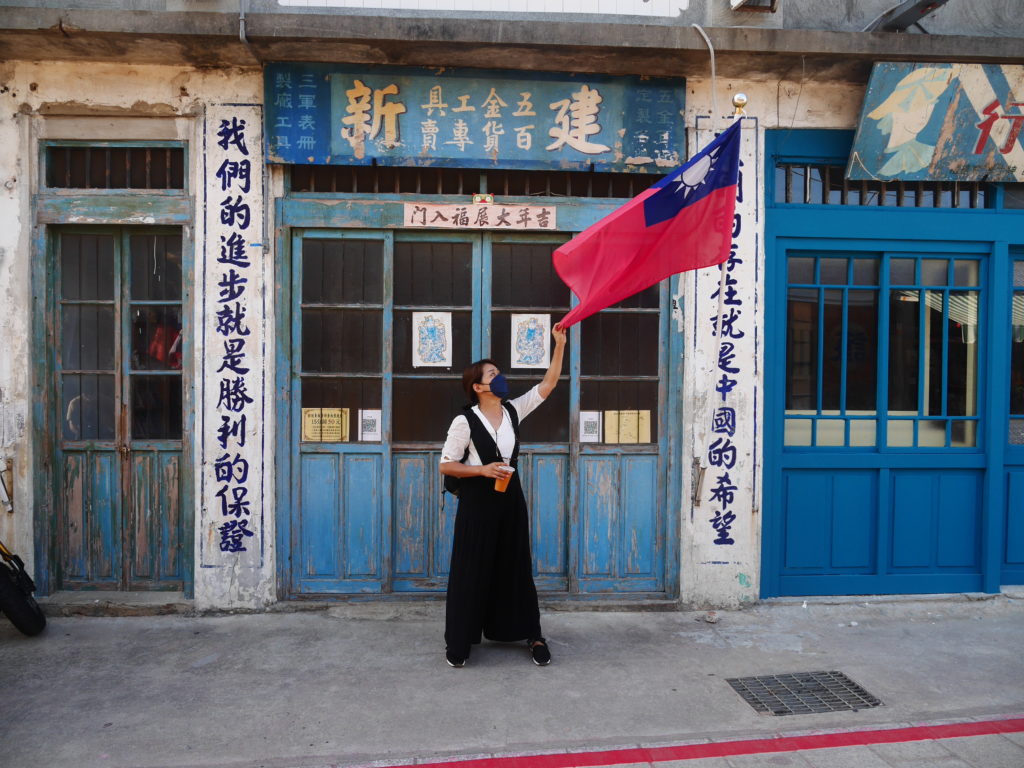
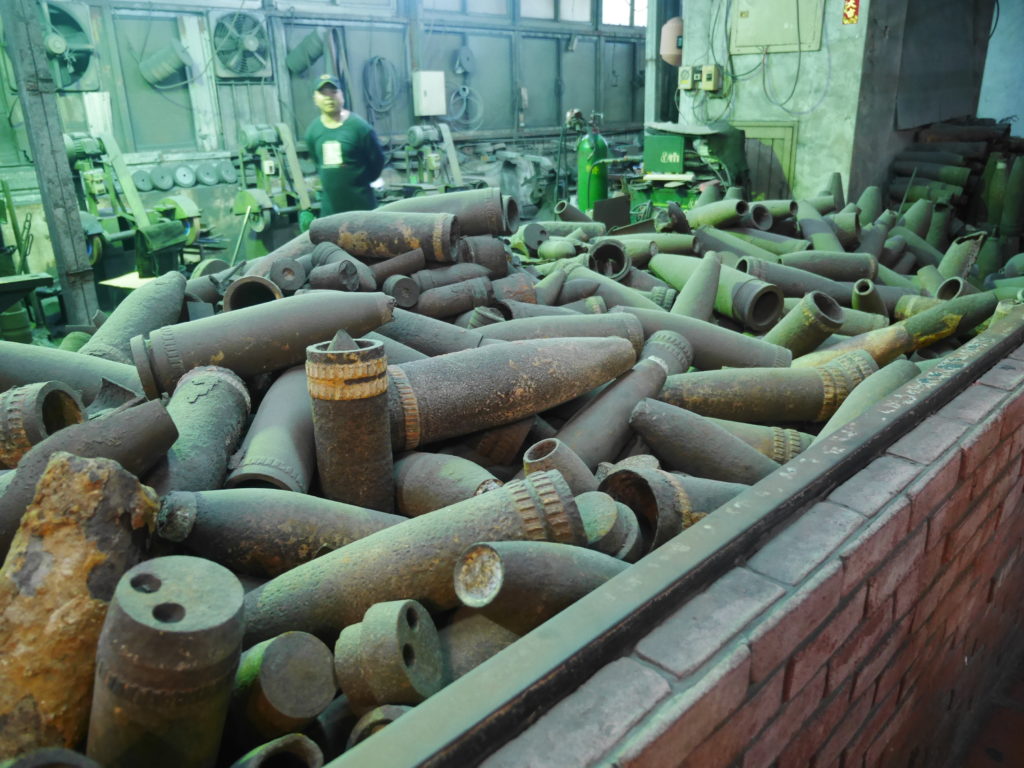
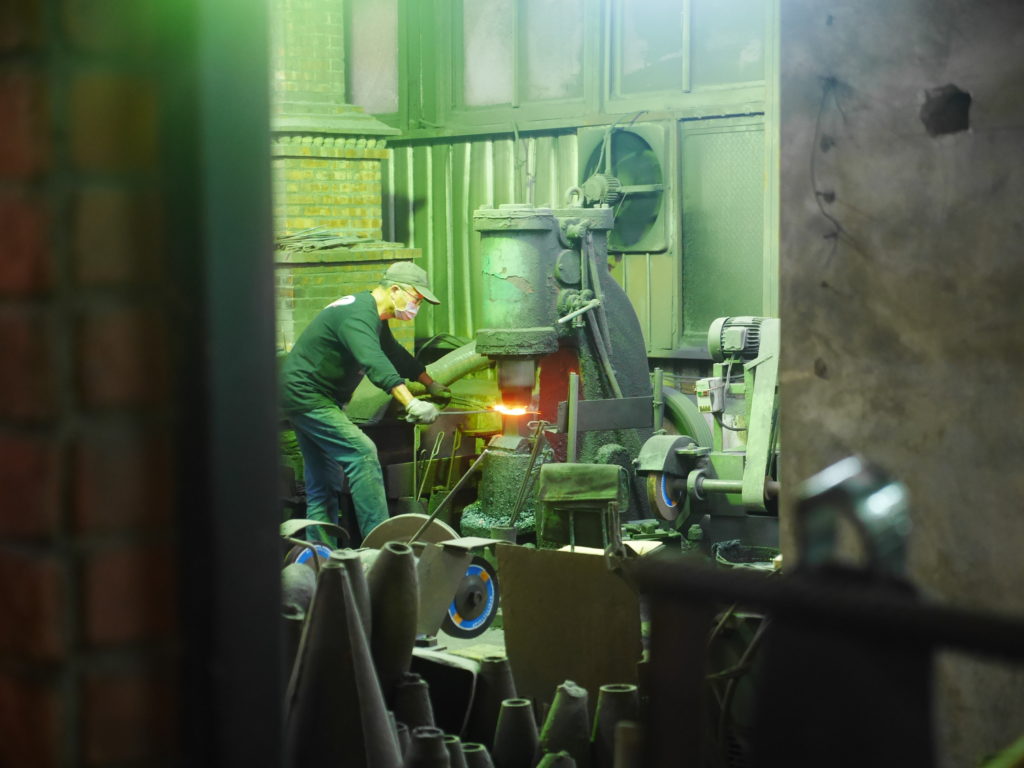
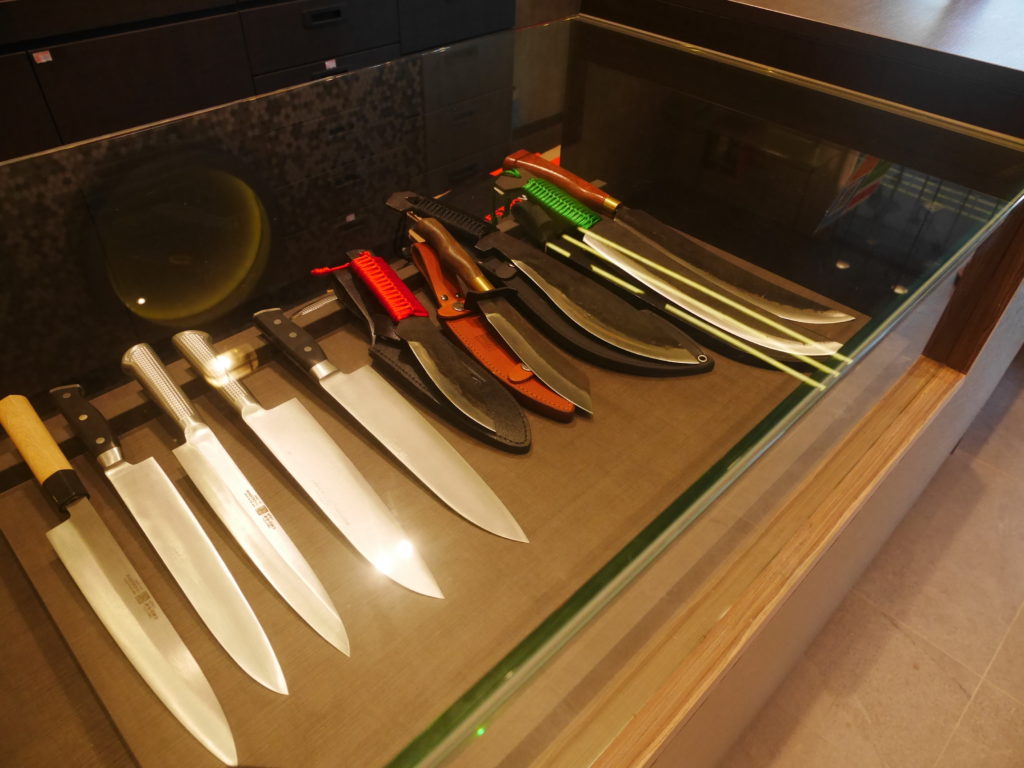
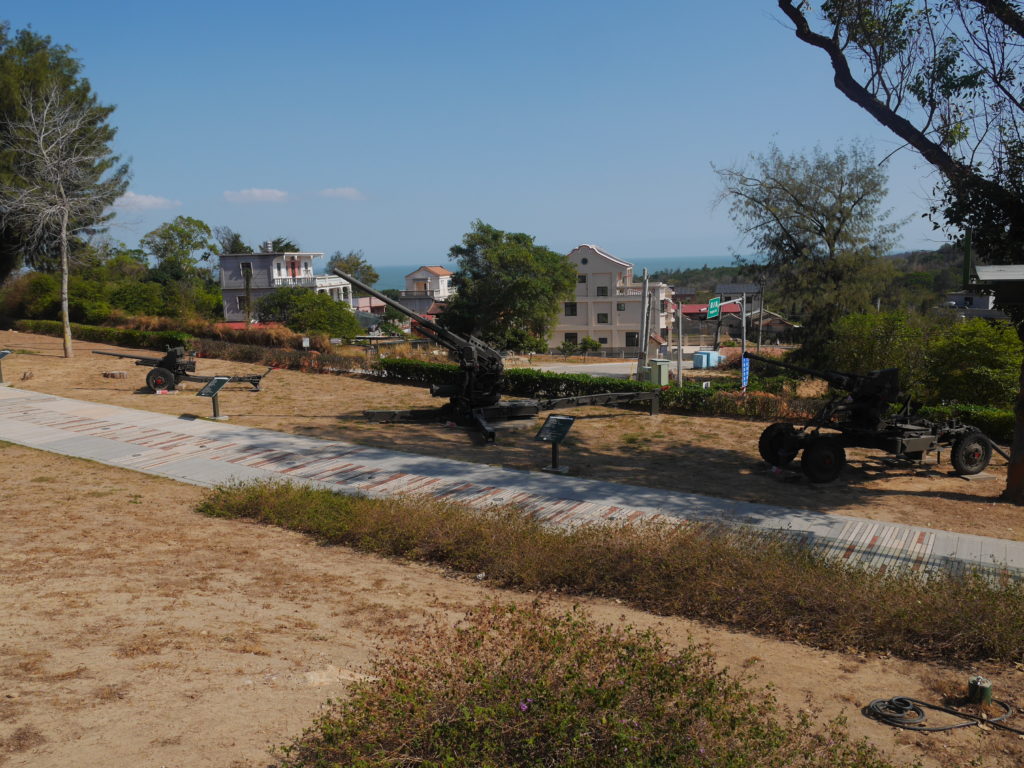
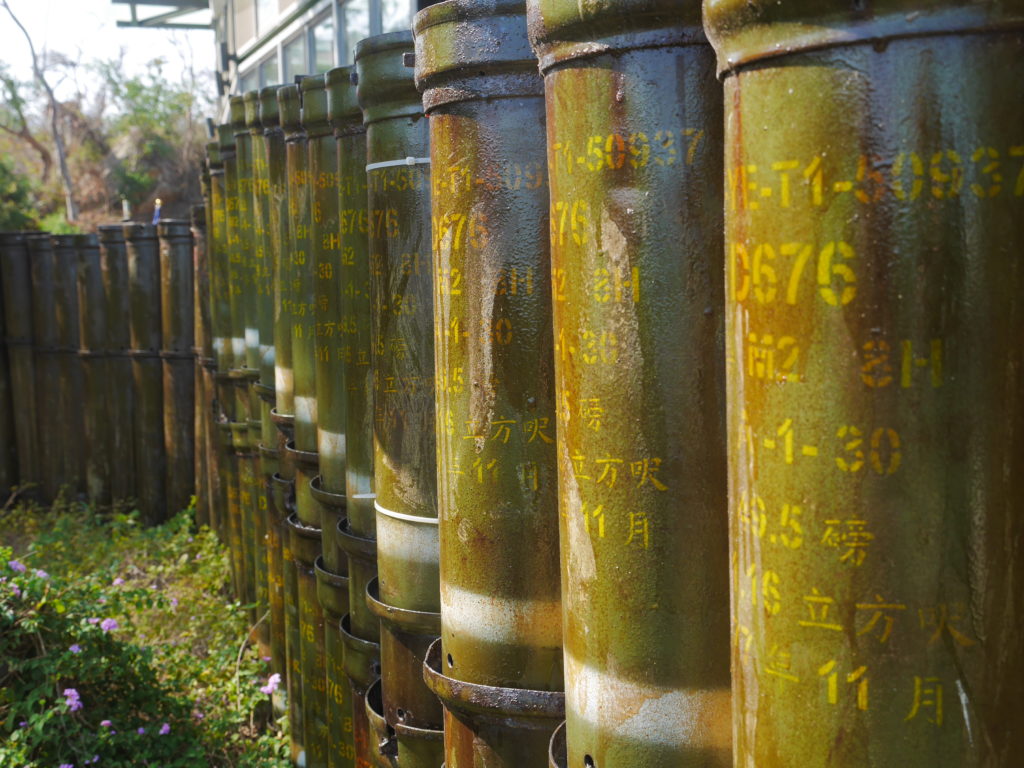
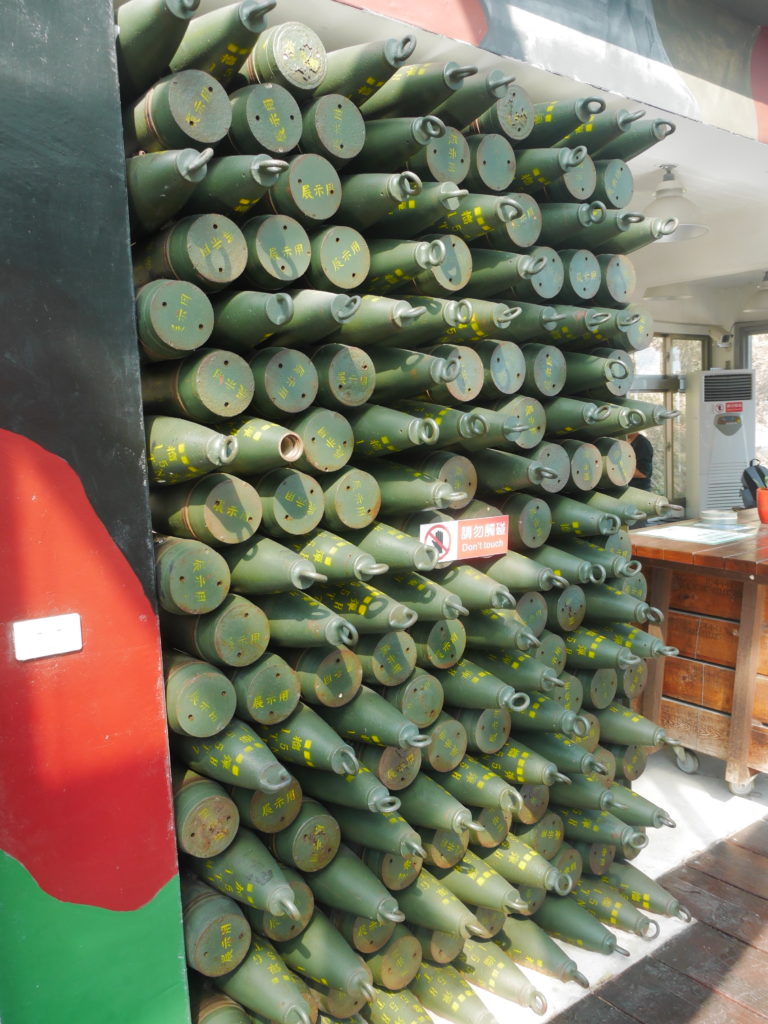
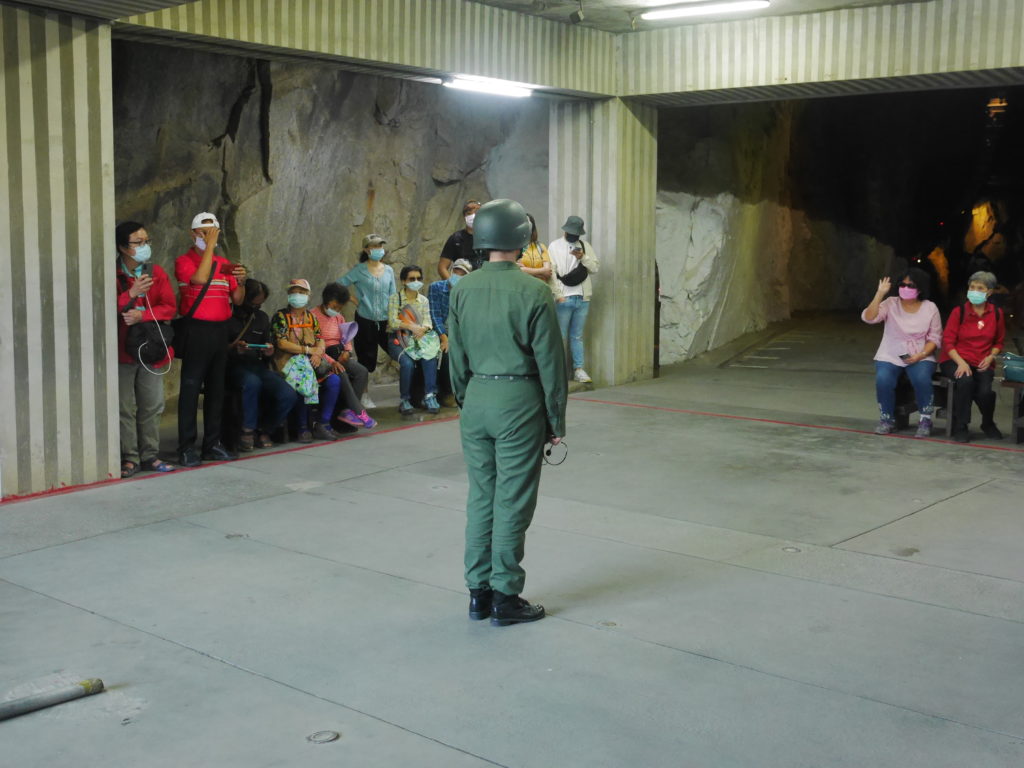

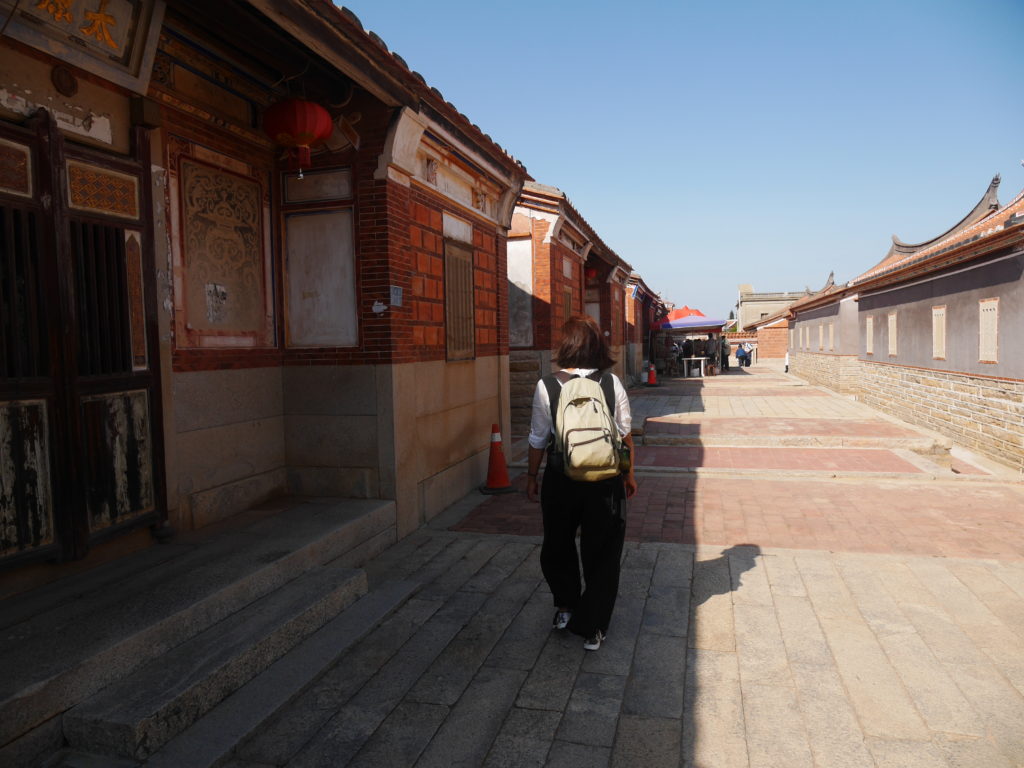
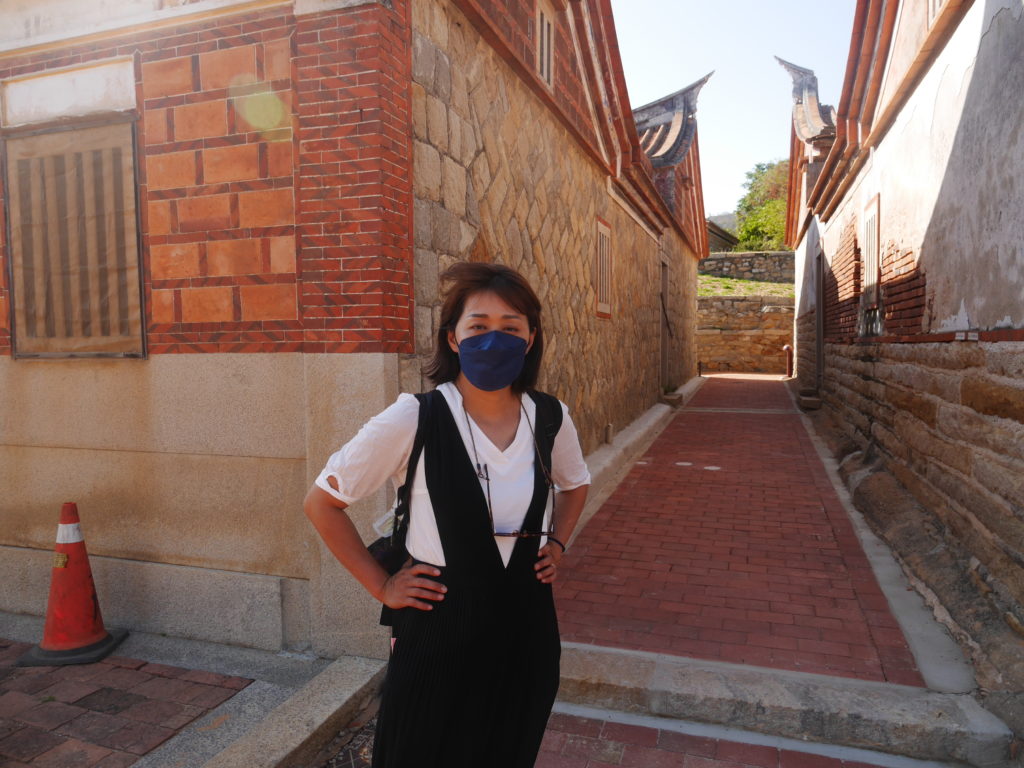





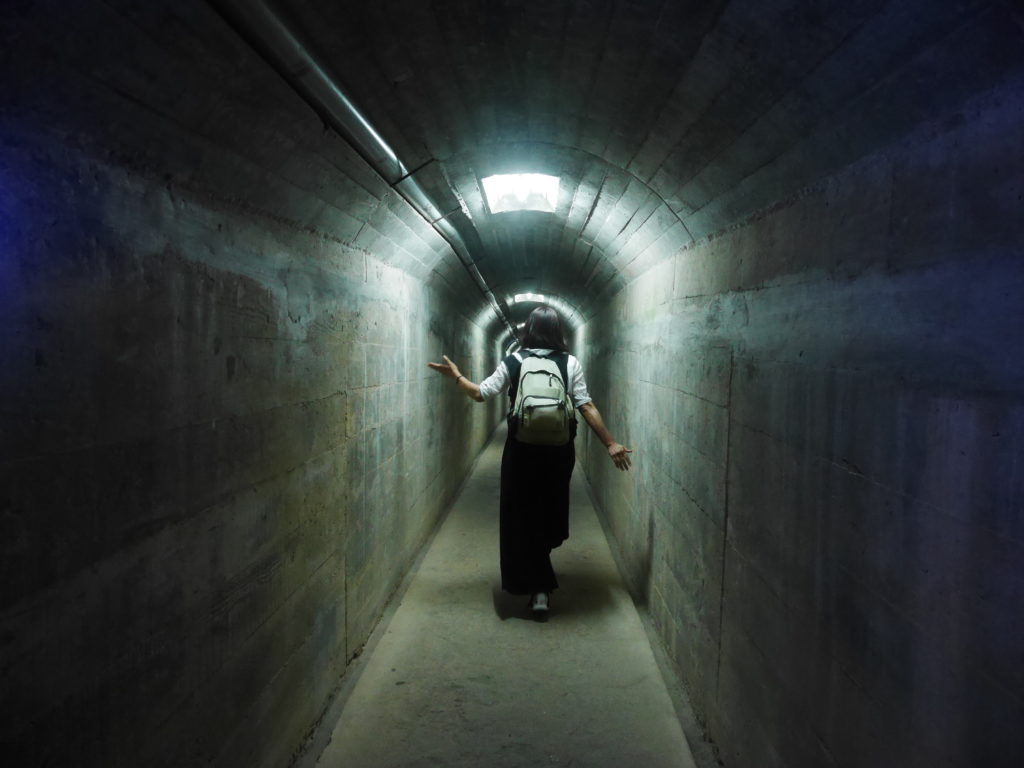
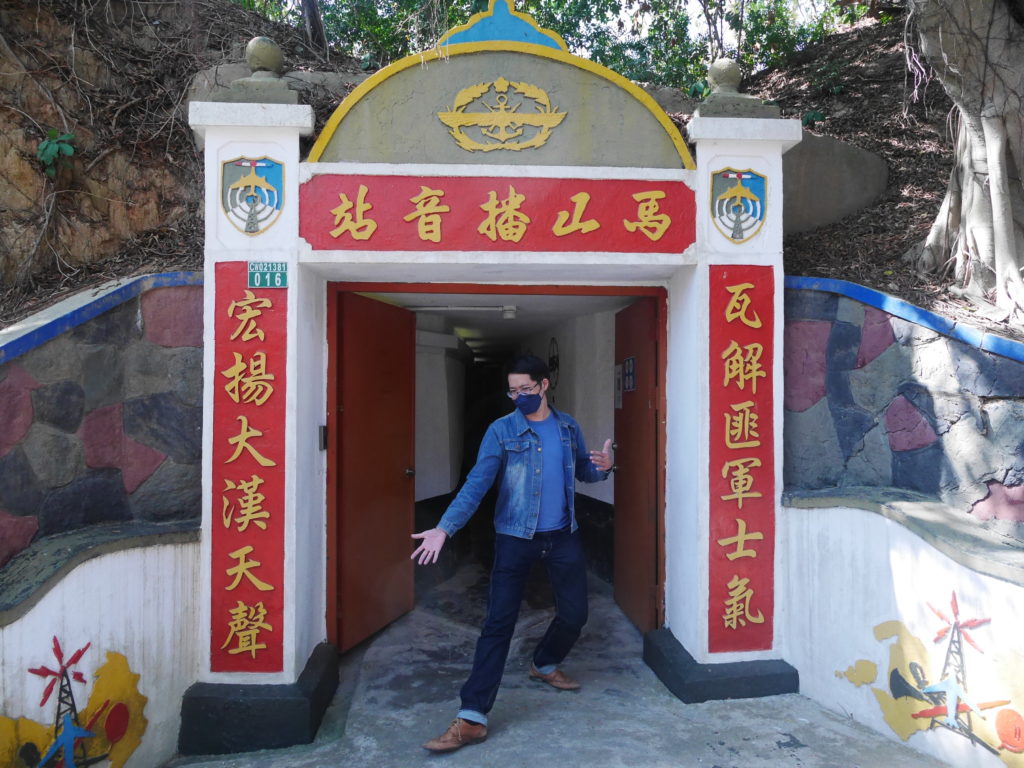
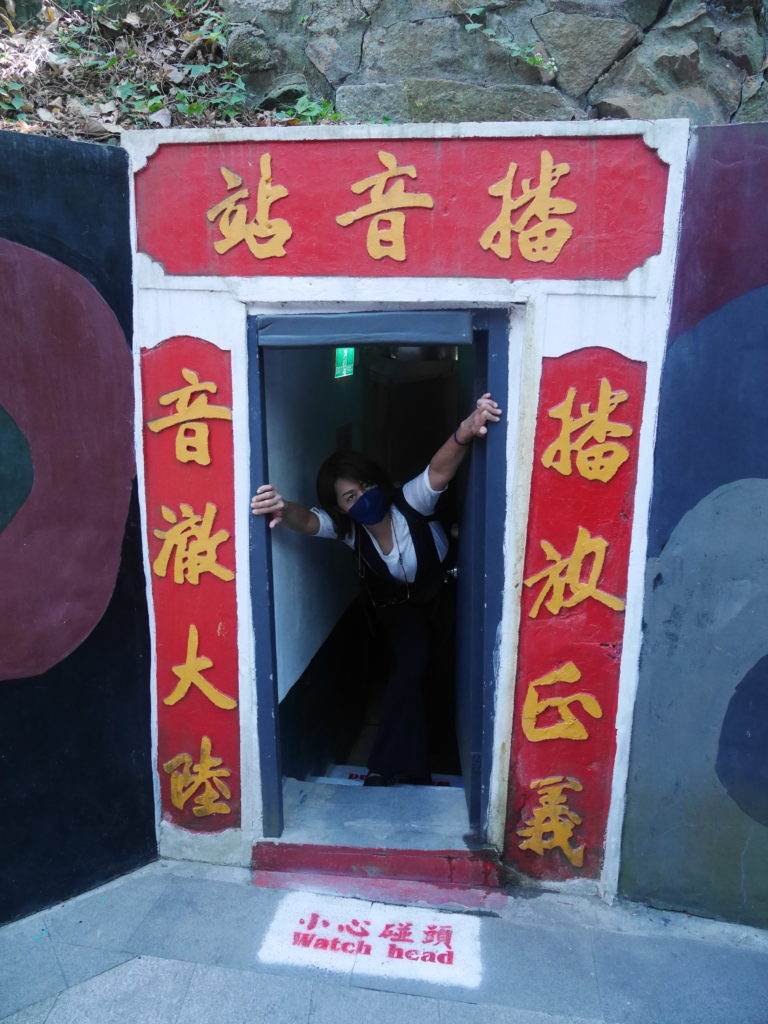
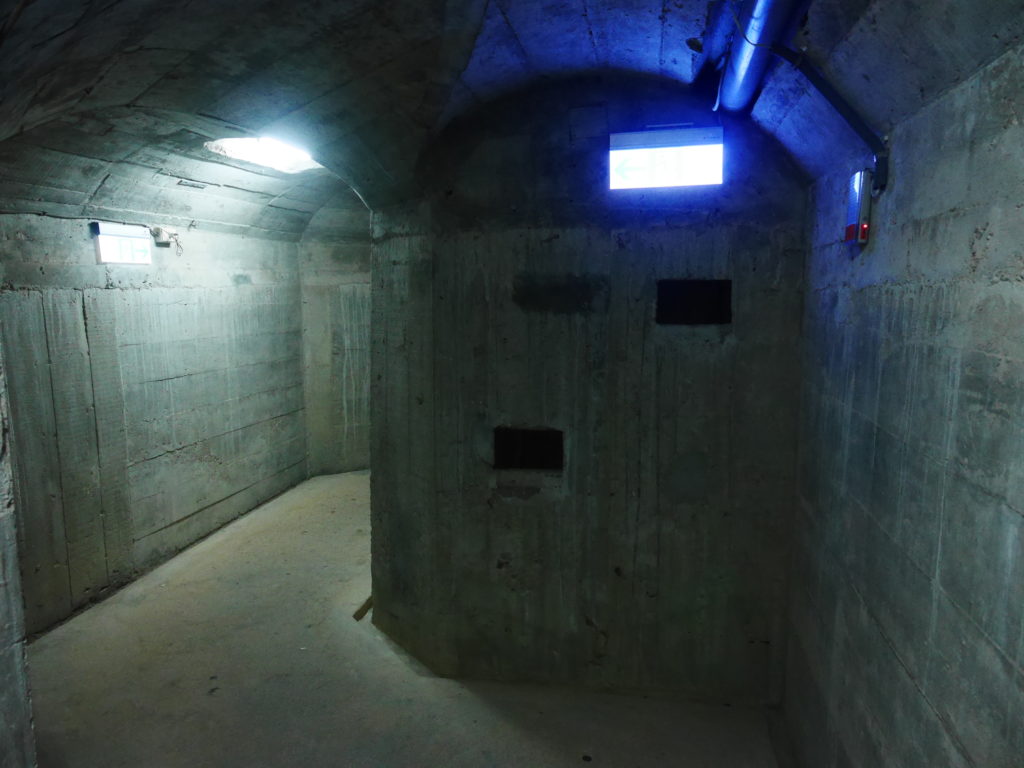

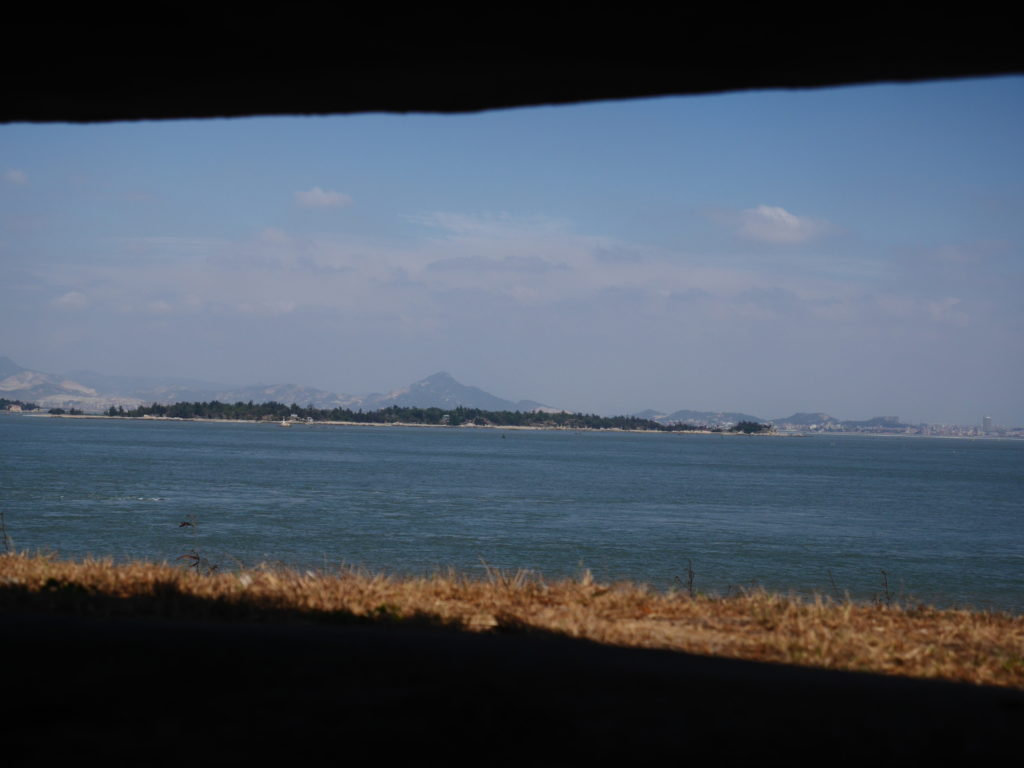




November 16, 2021 at 15:23
I like the tank, somehow I missed it when I was there.
November 16, 2021 at 15:24
Yeah, I like the tank a lot